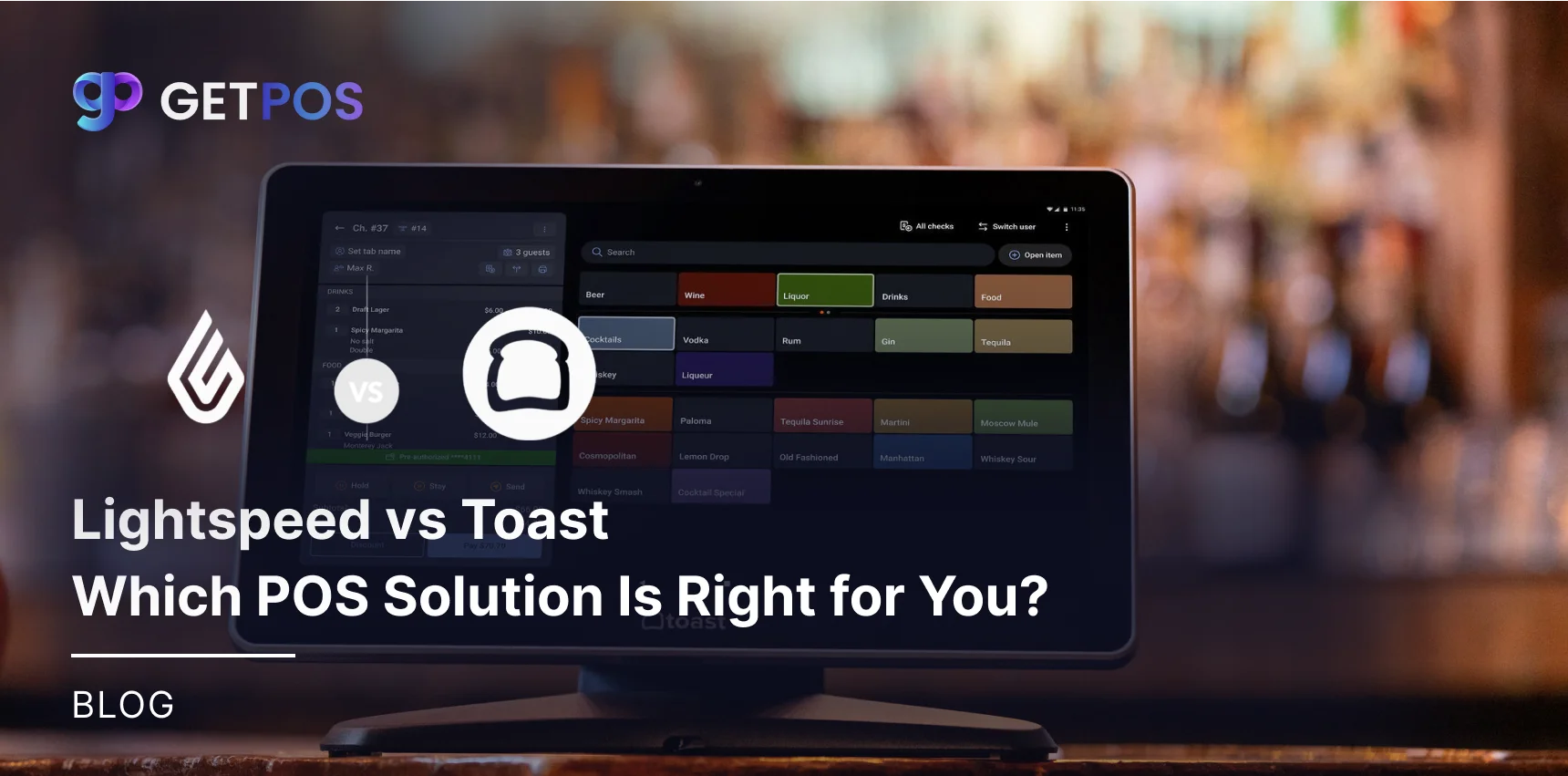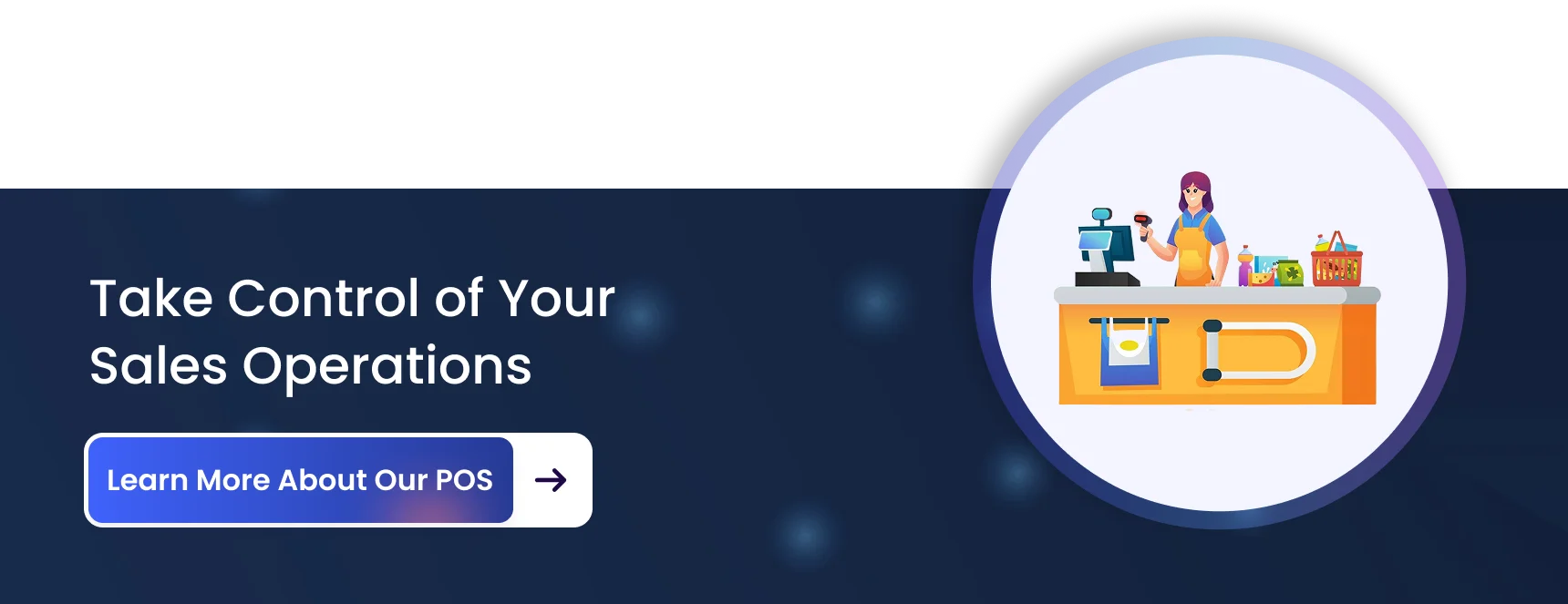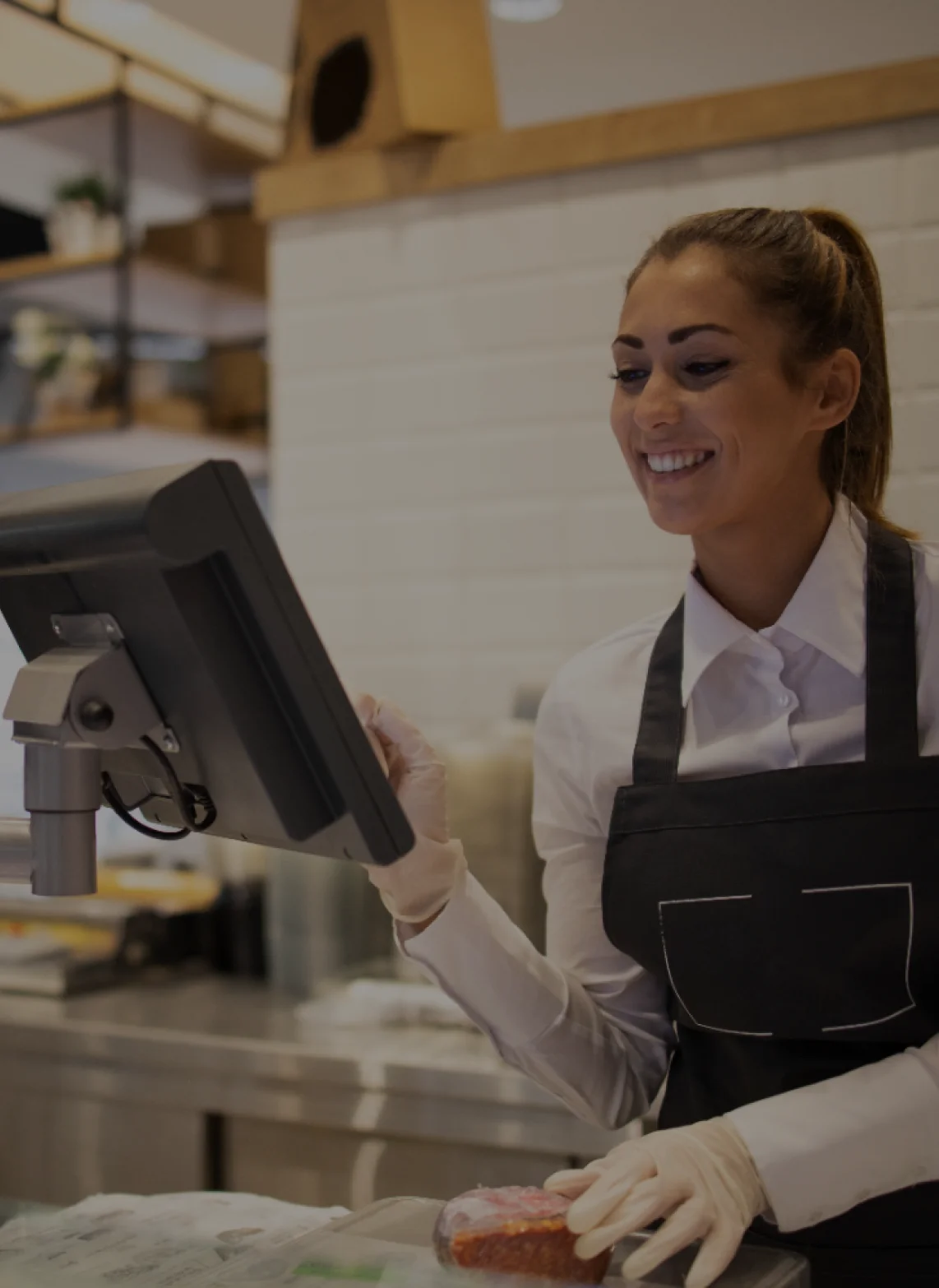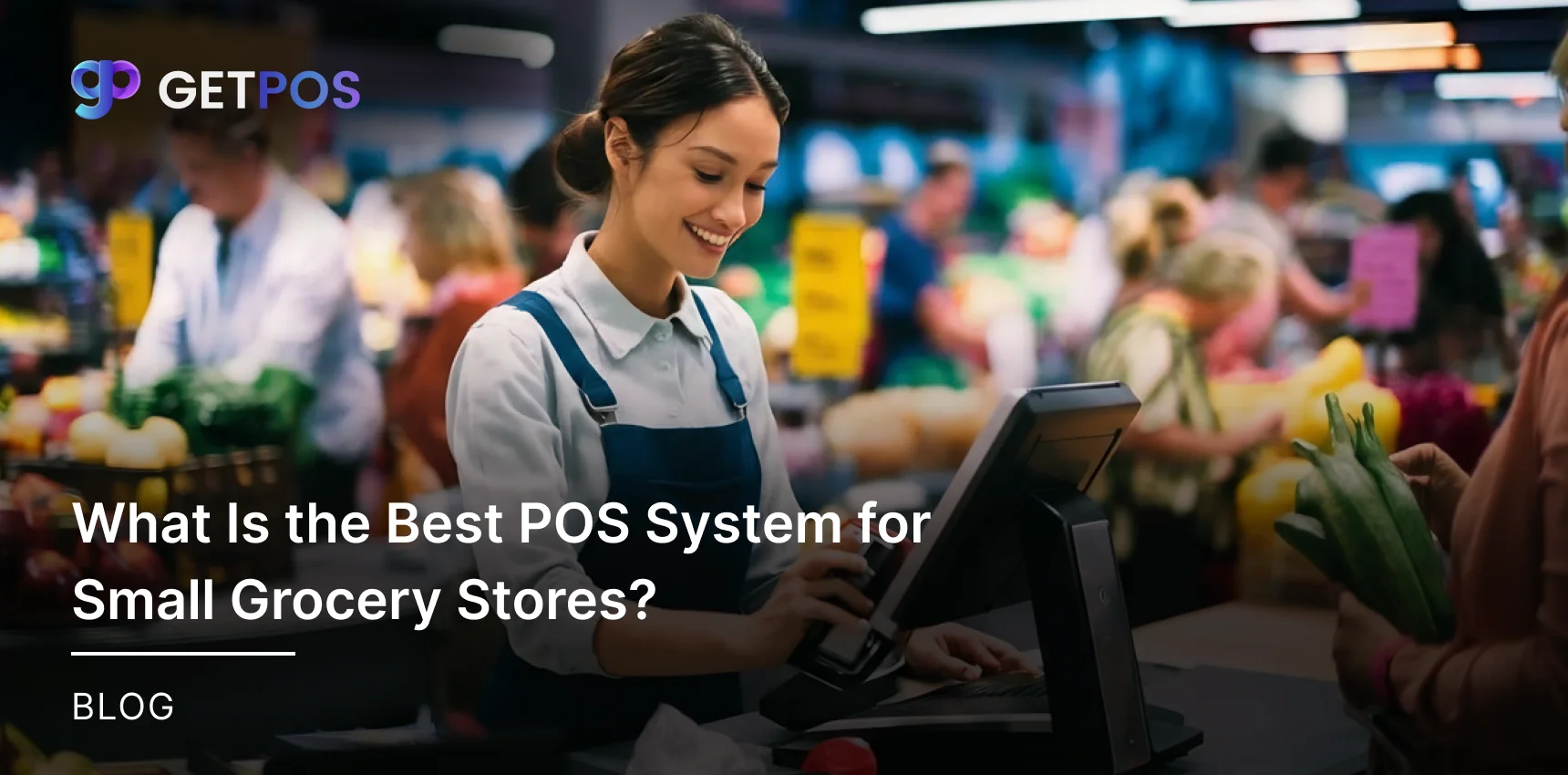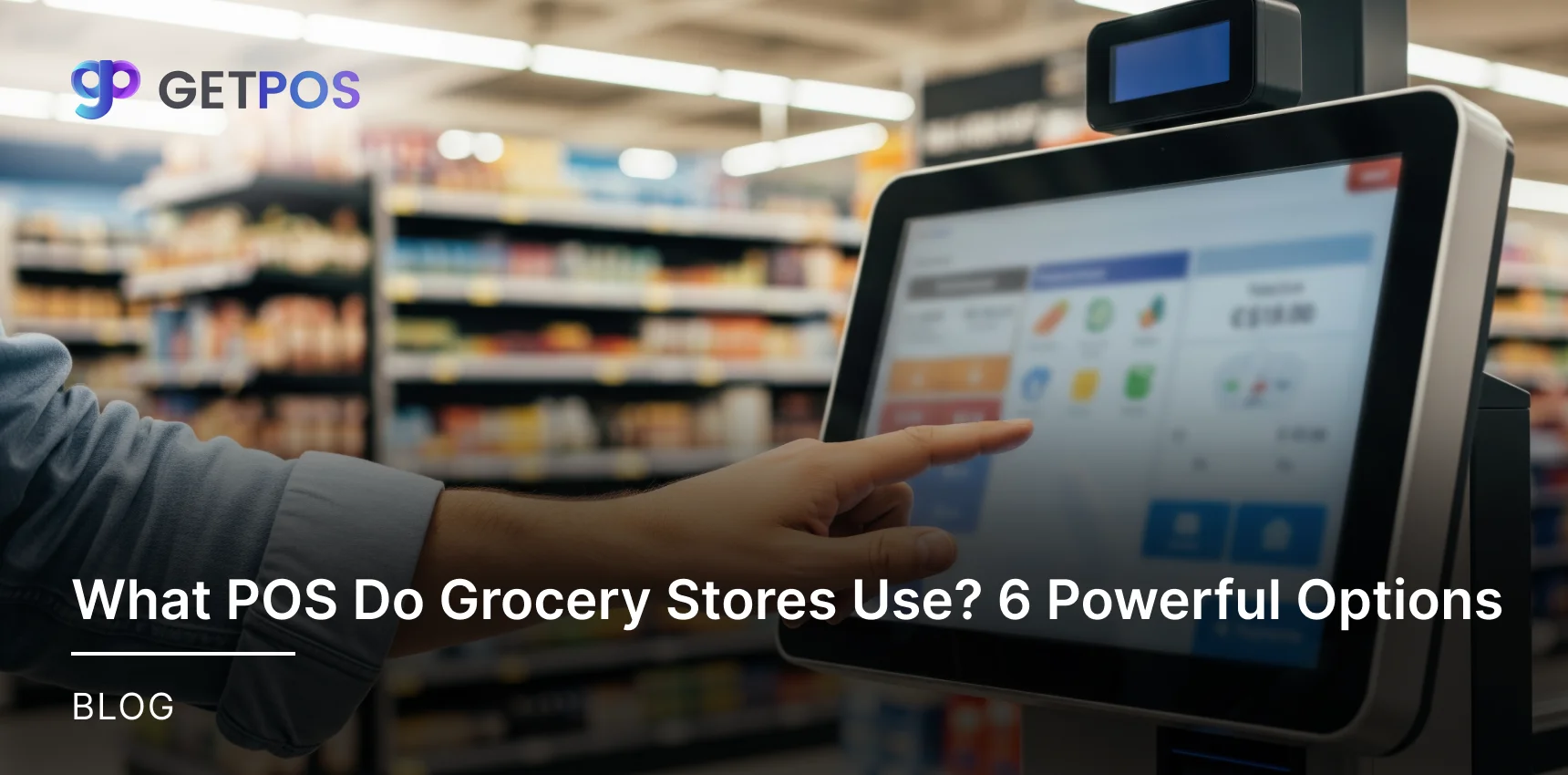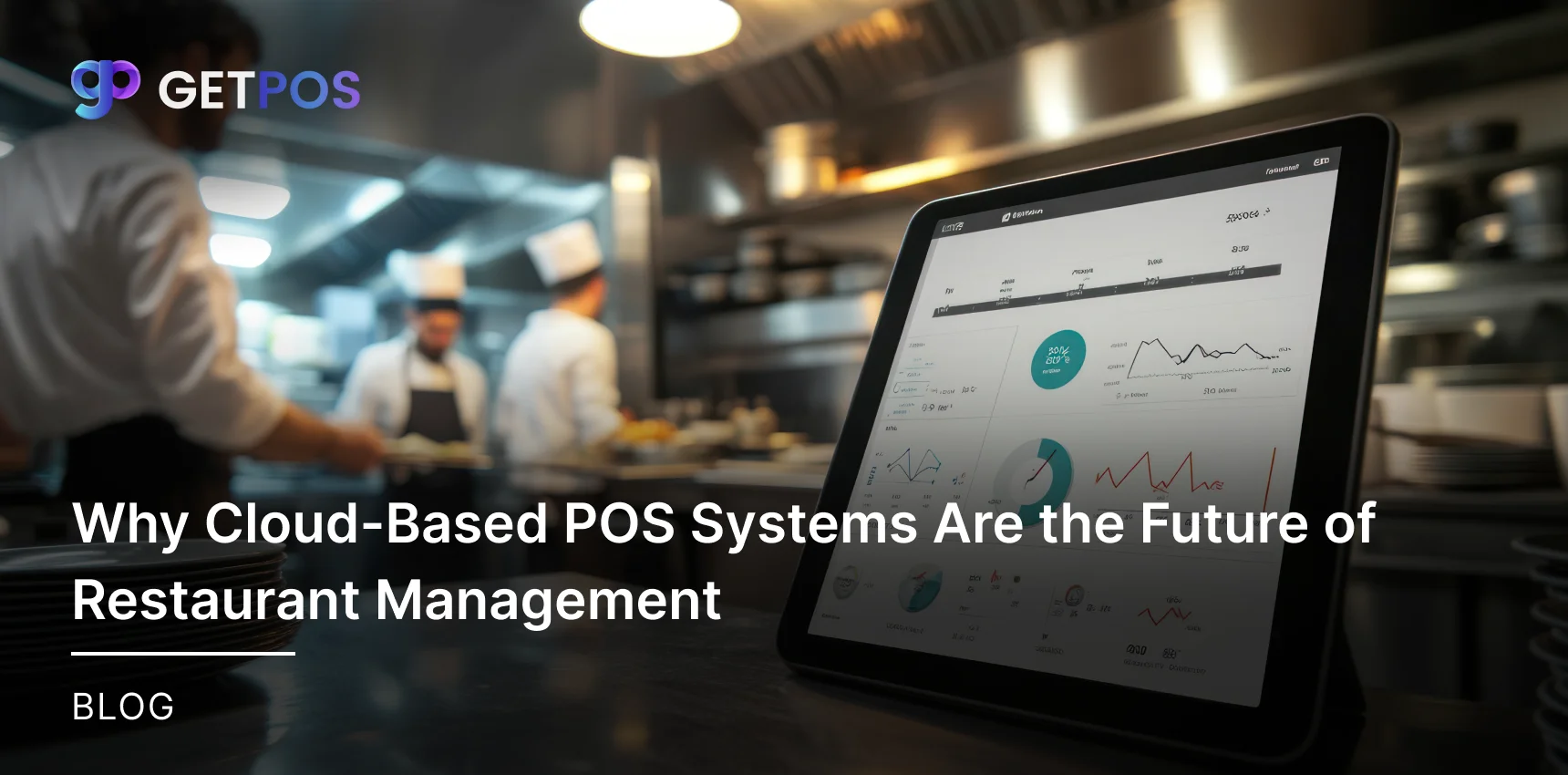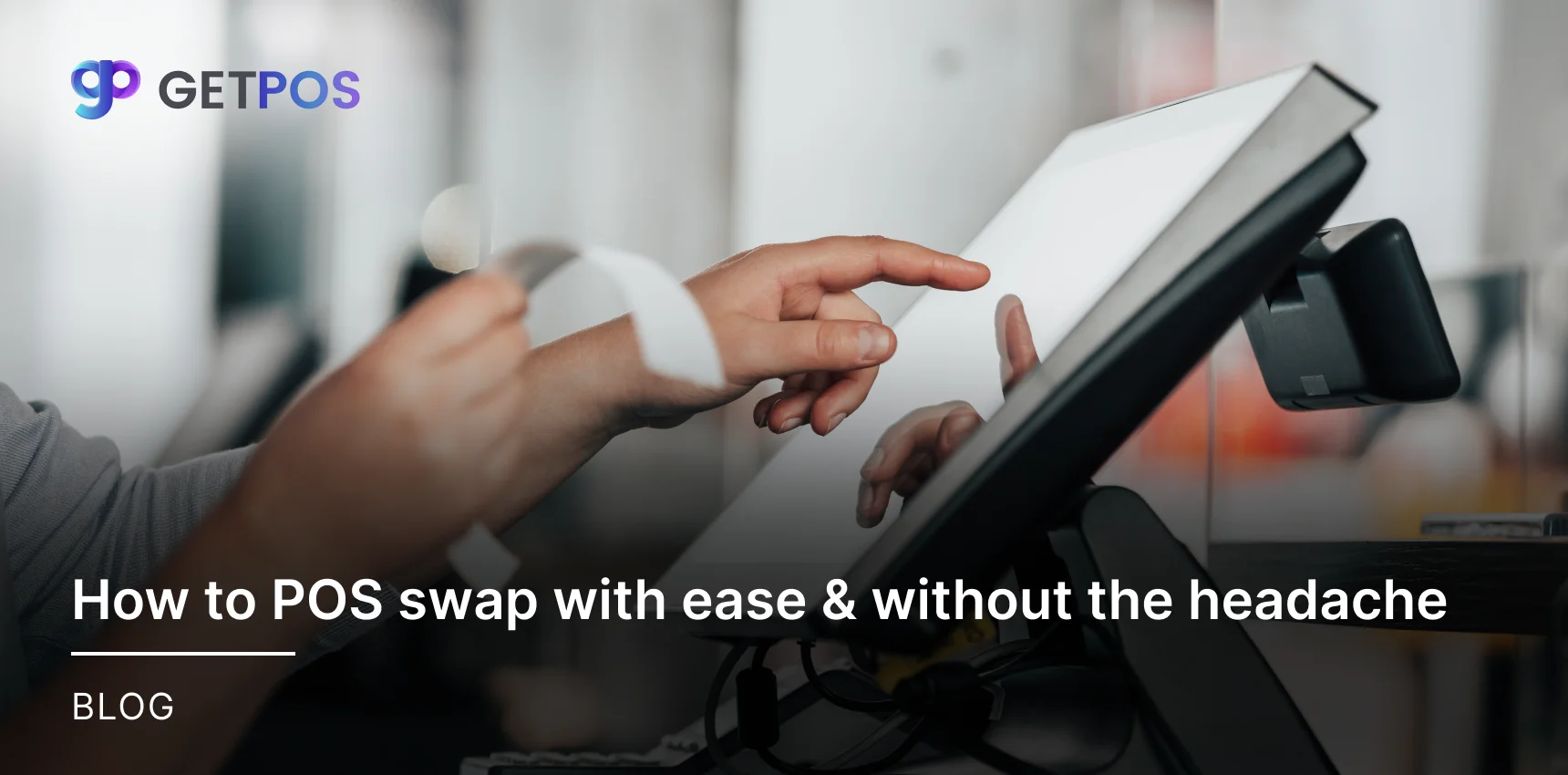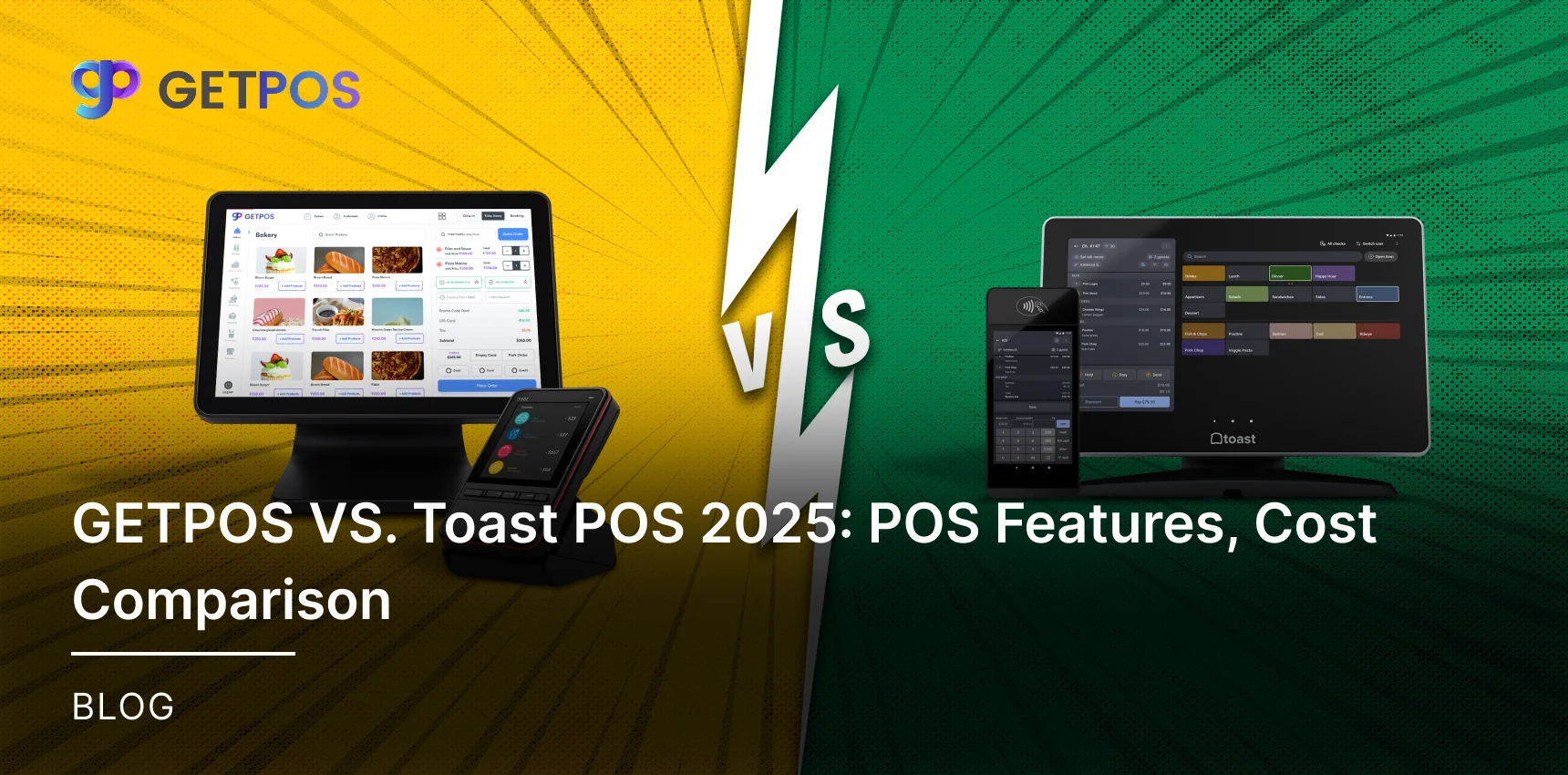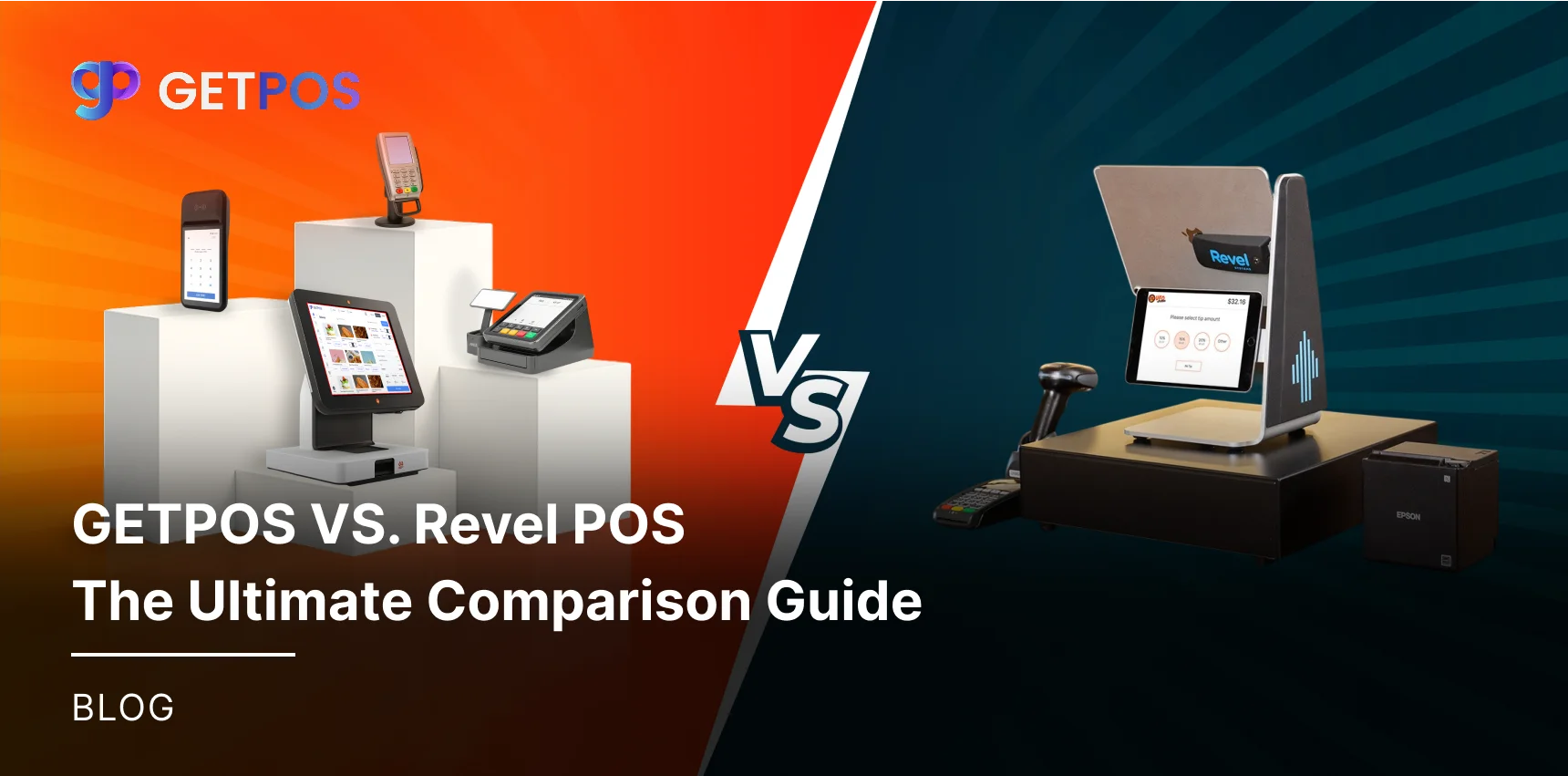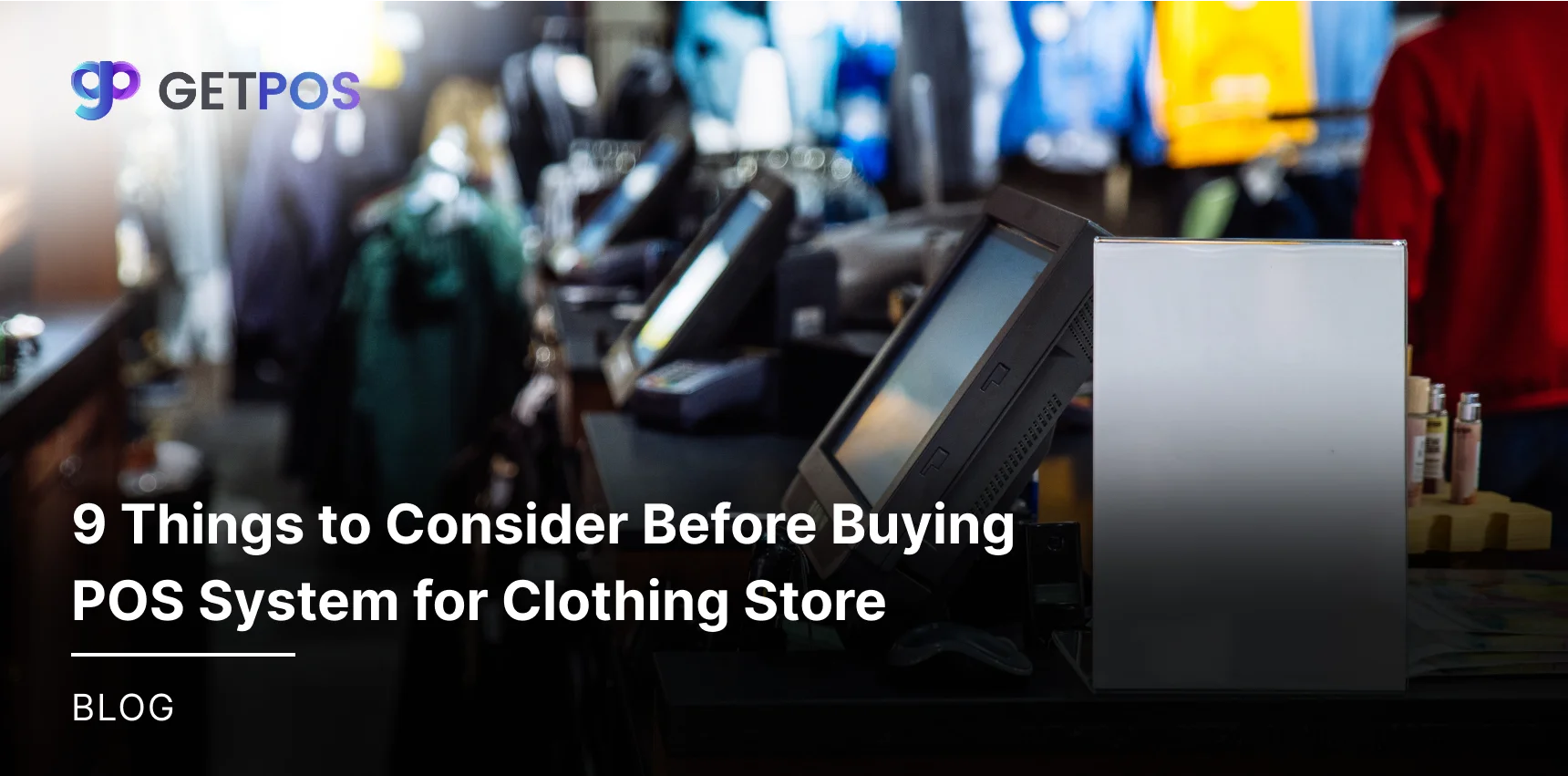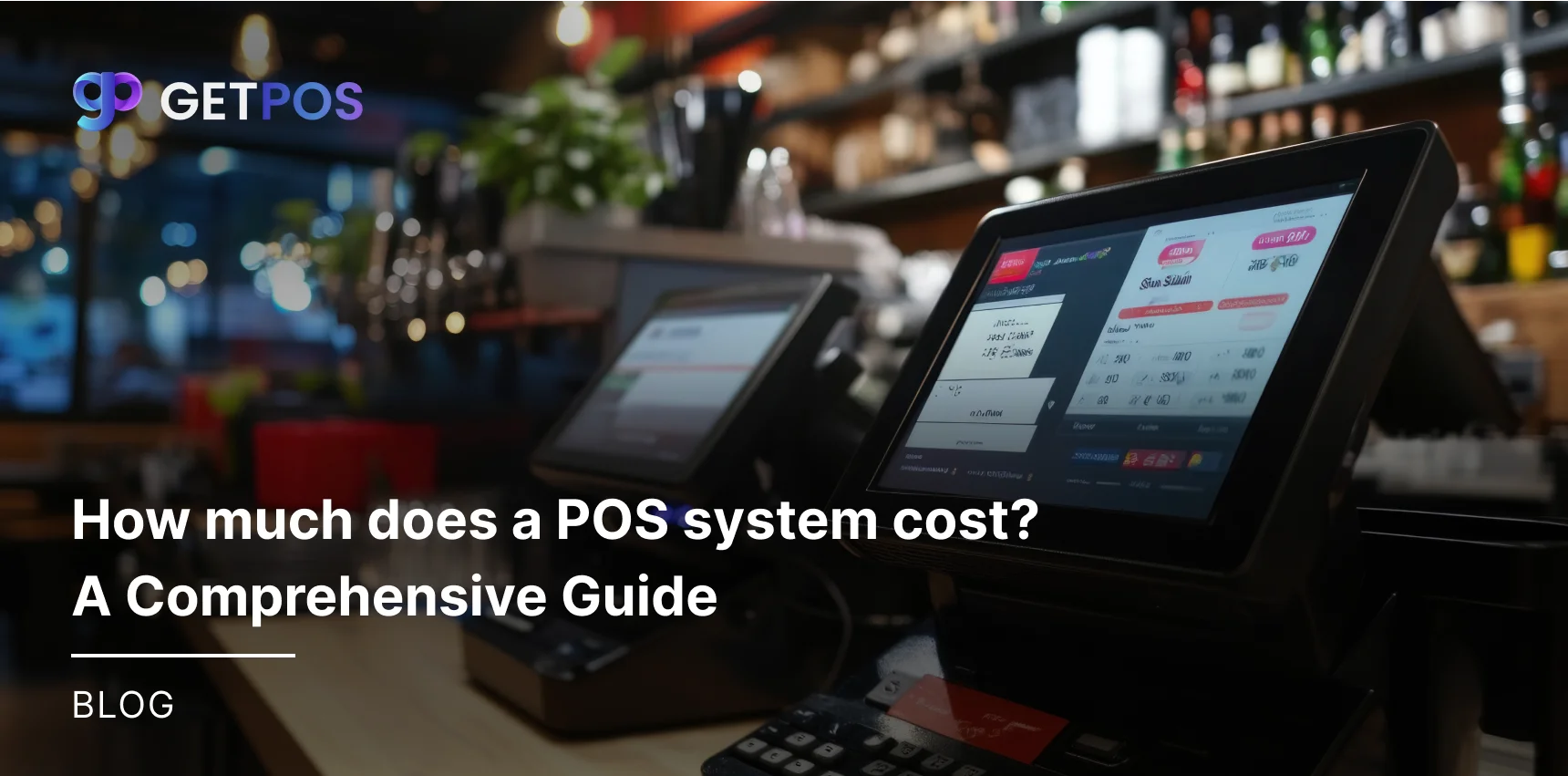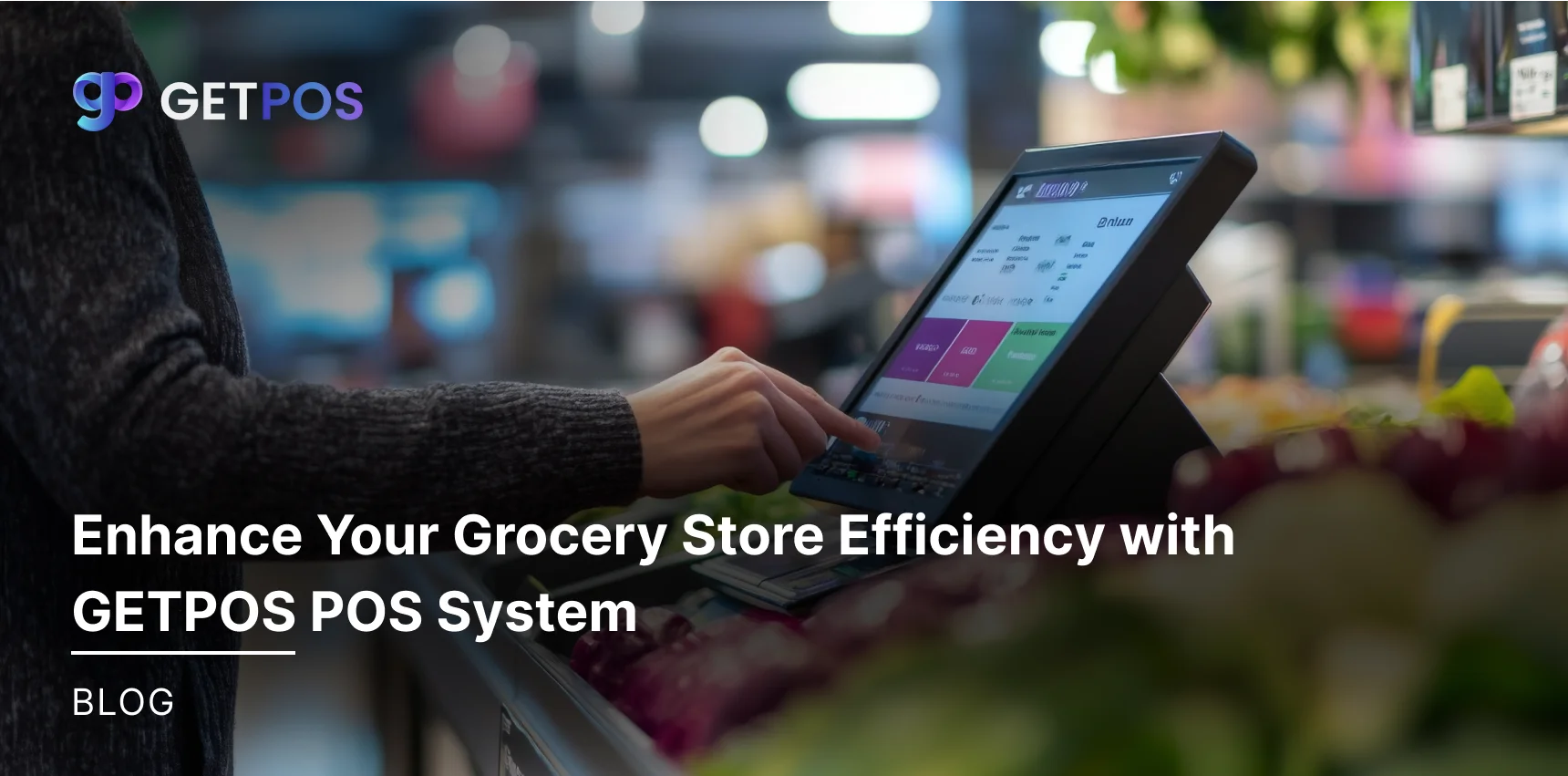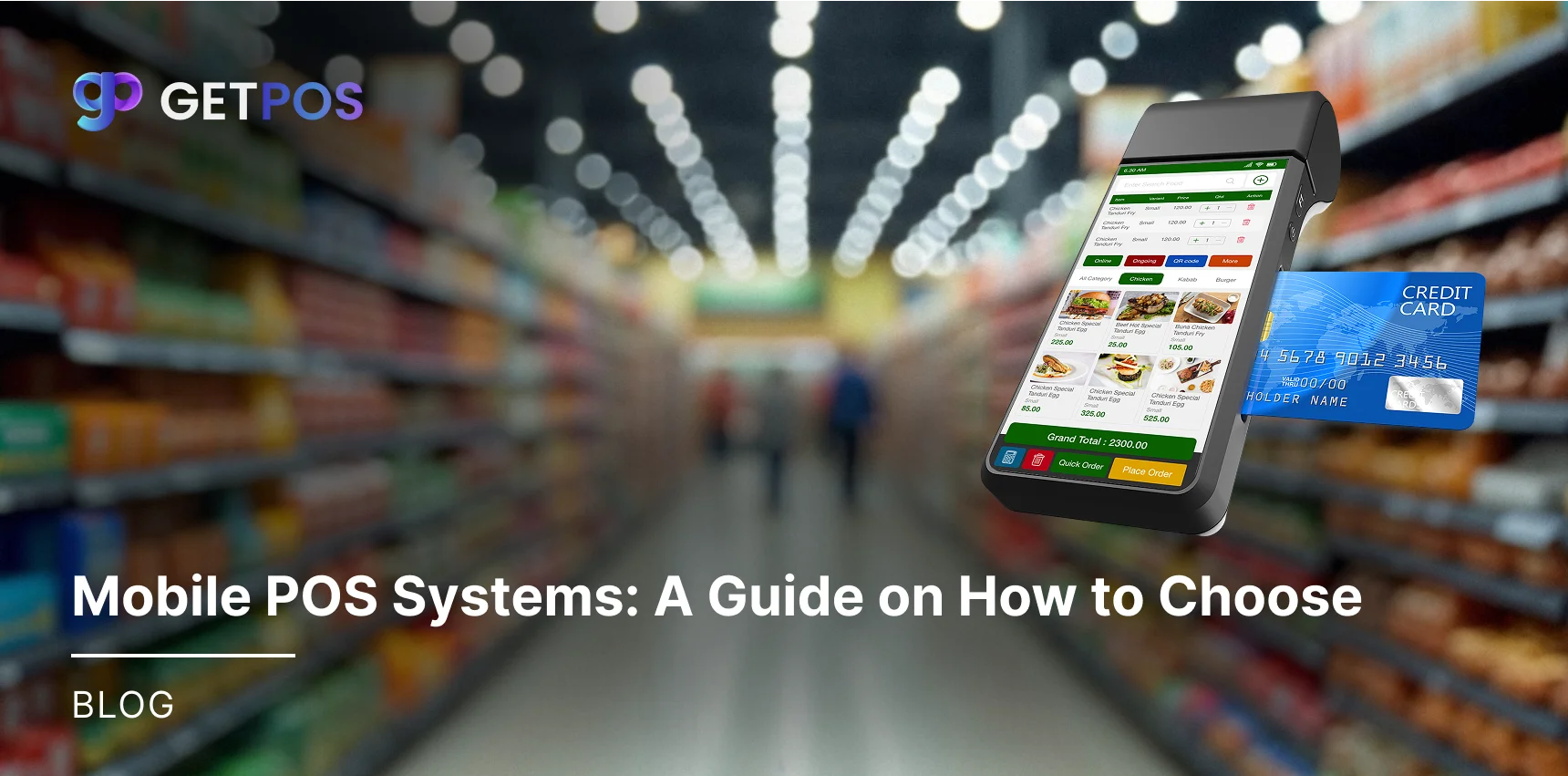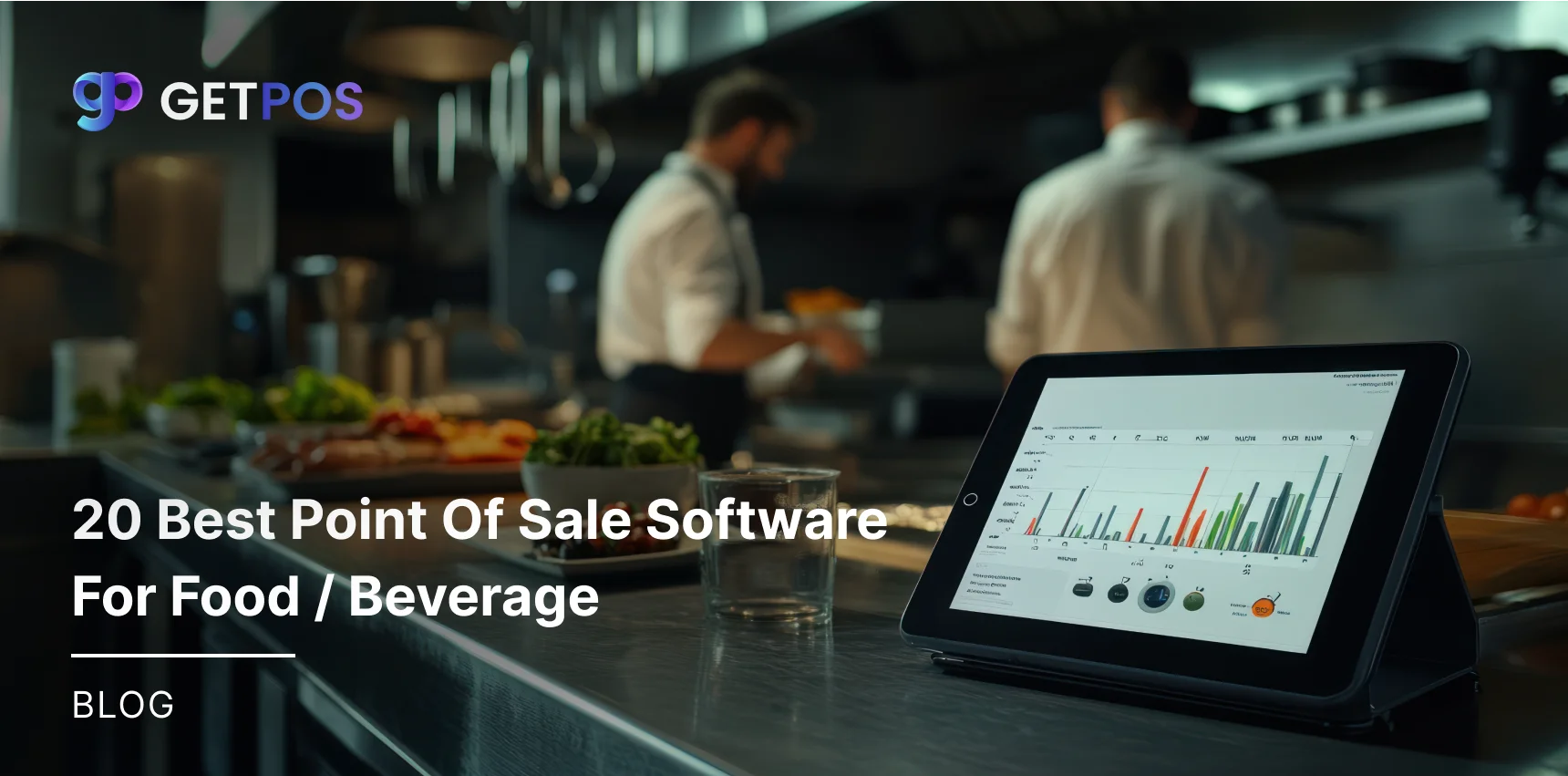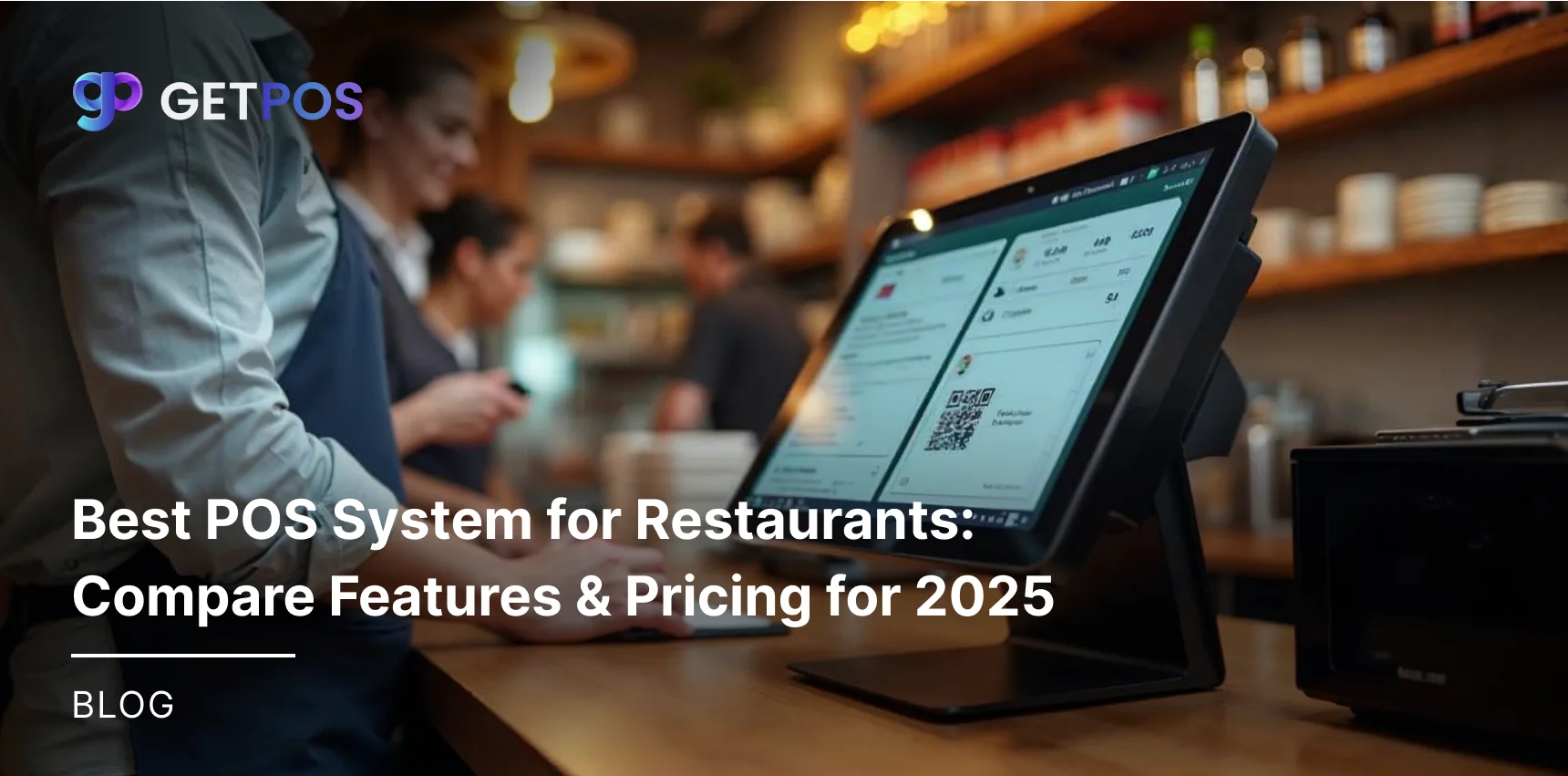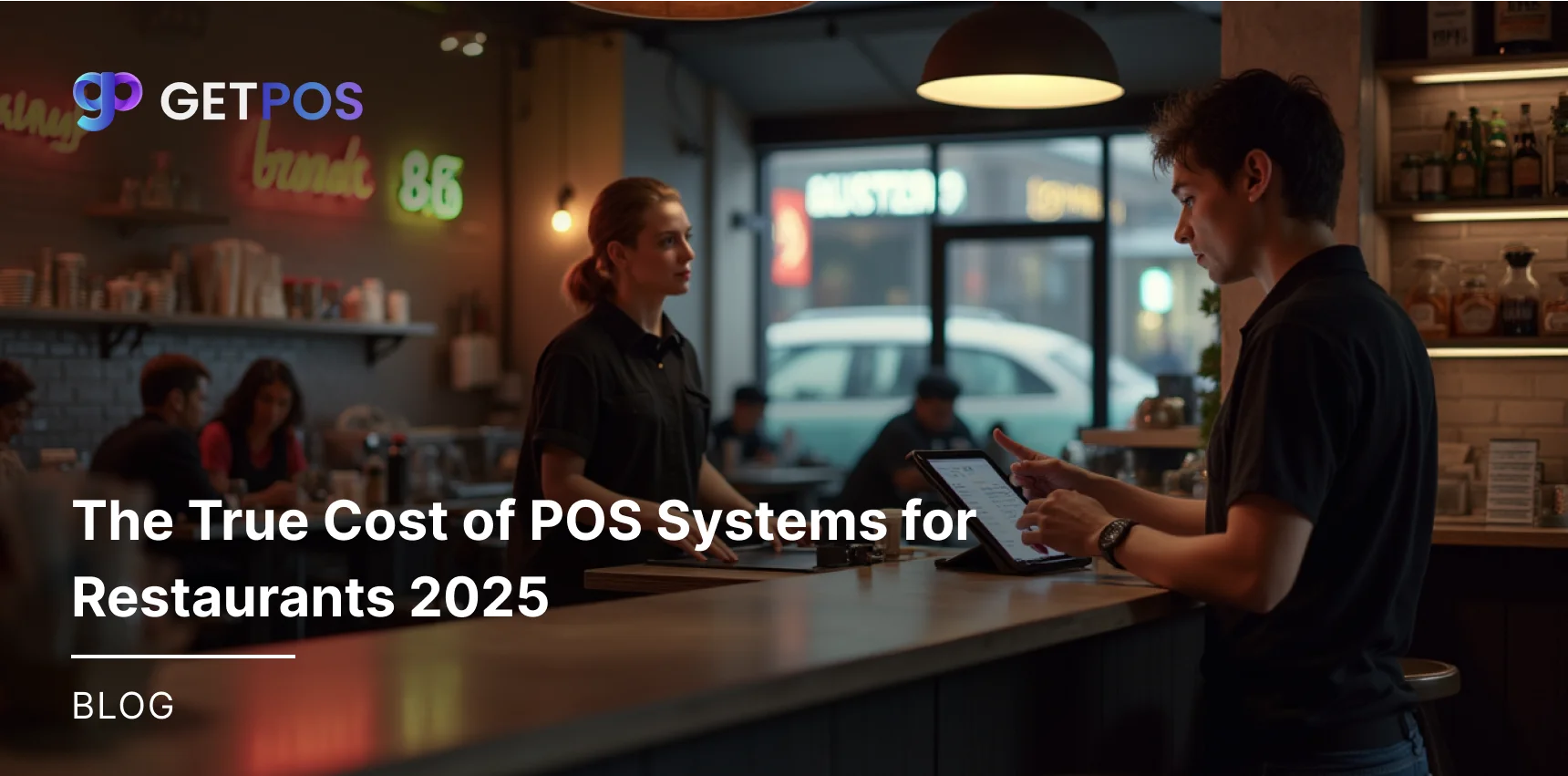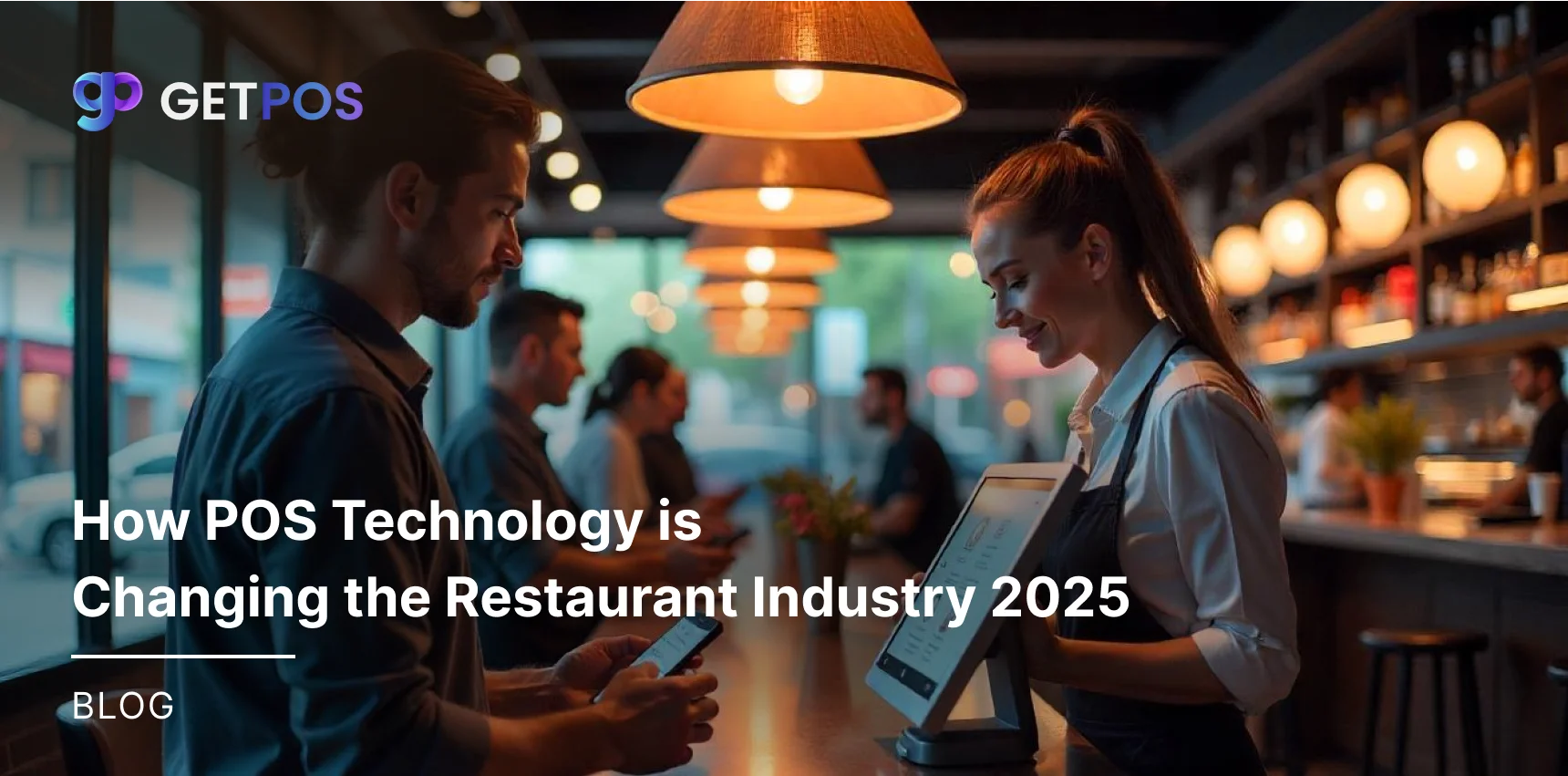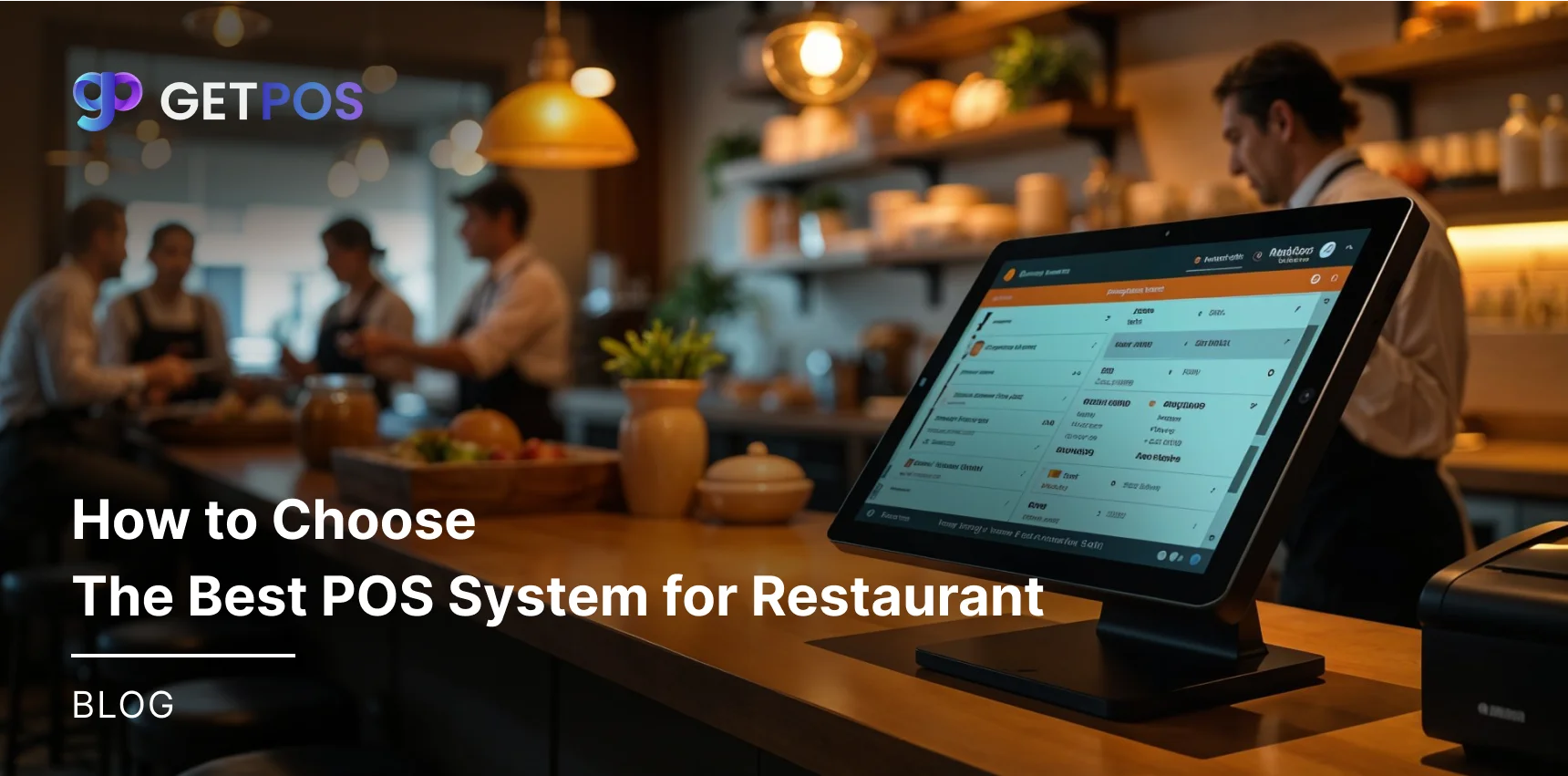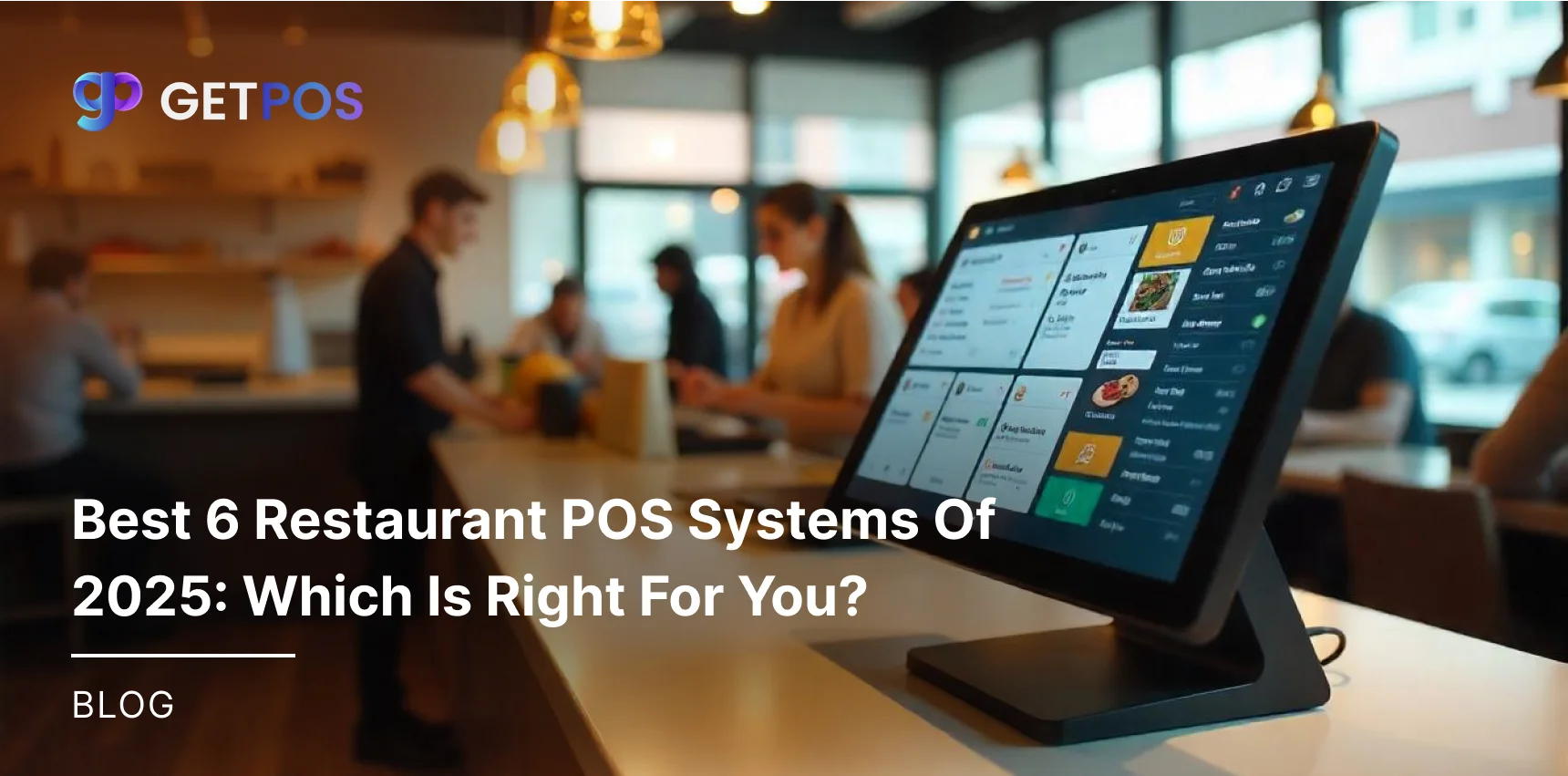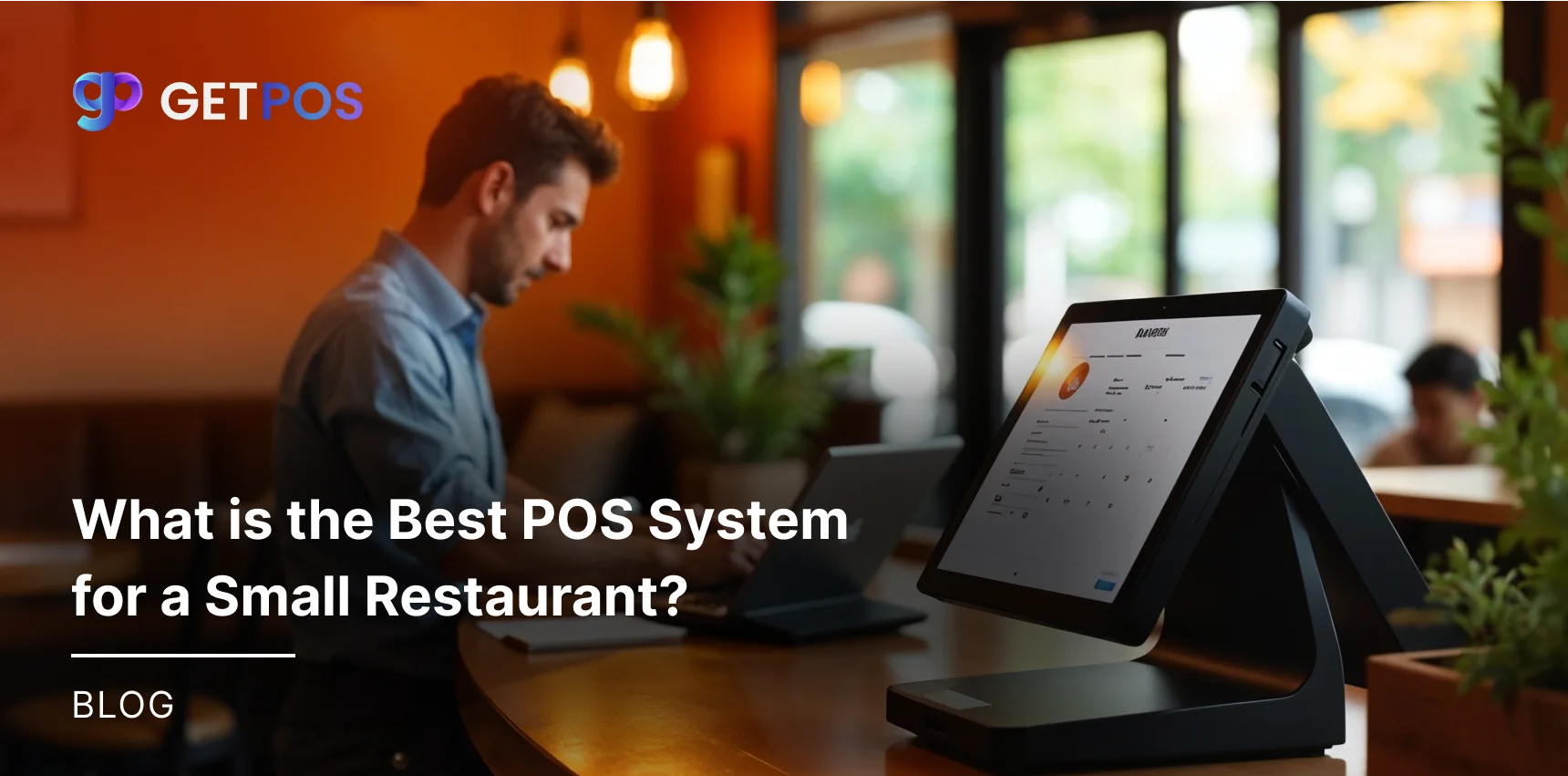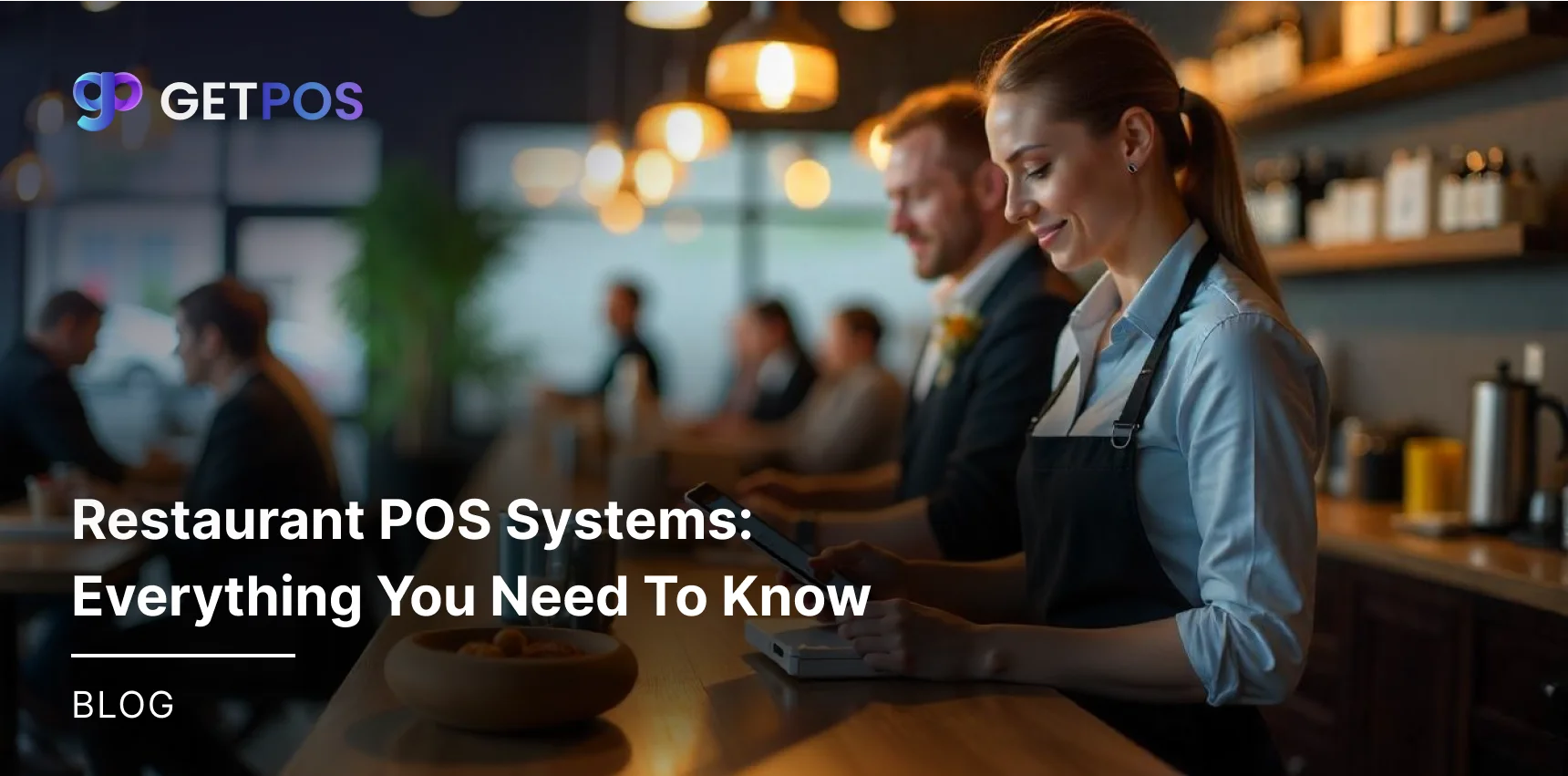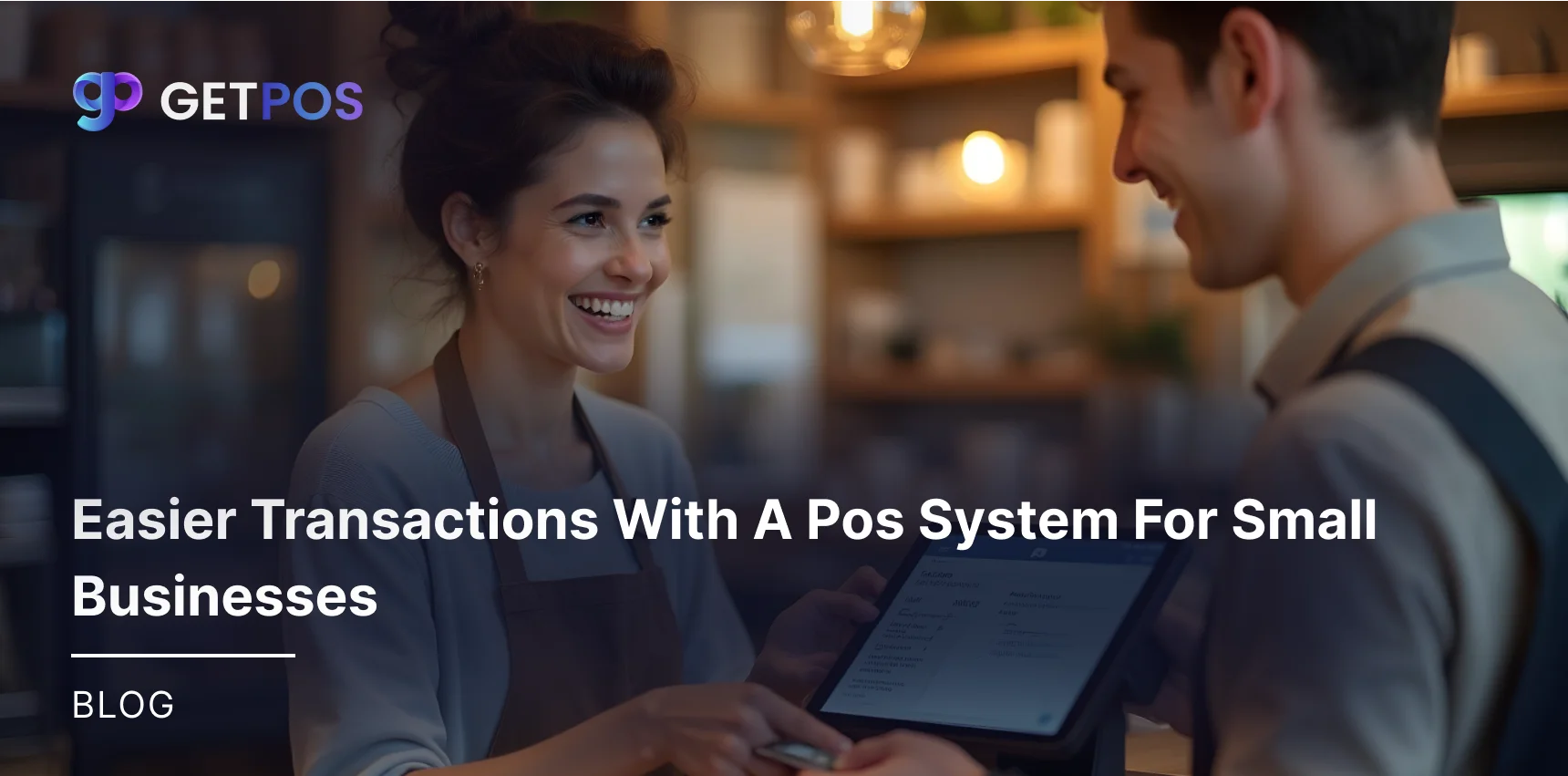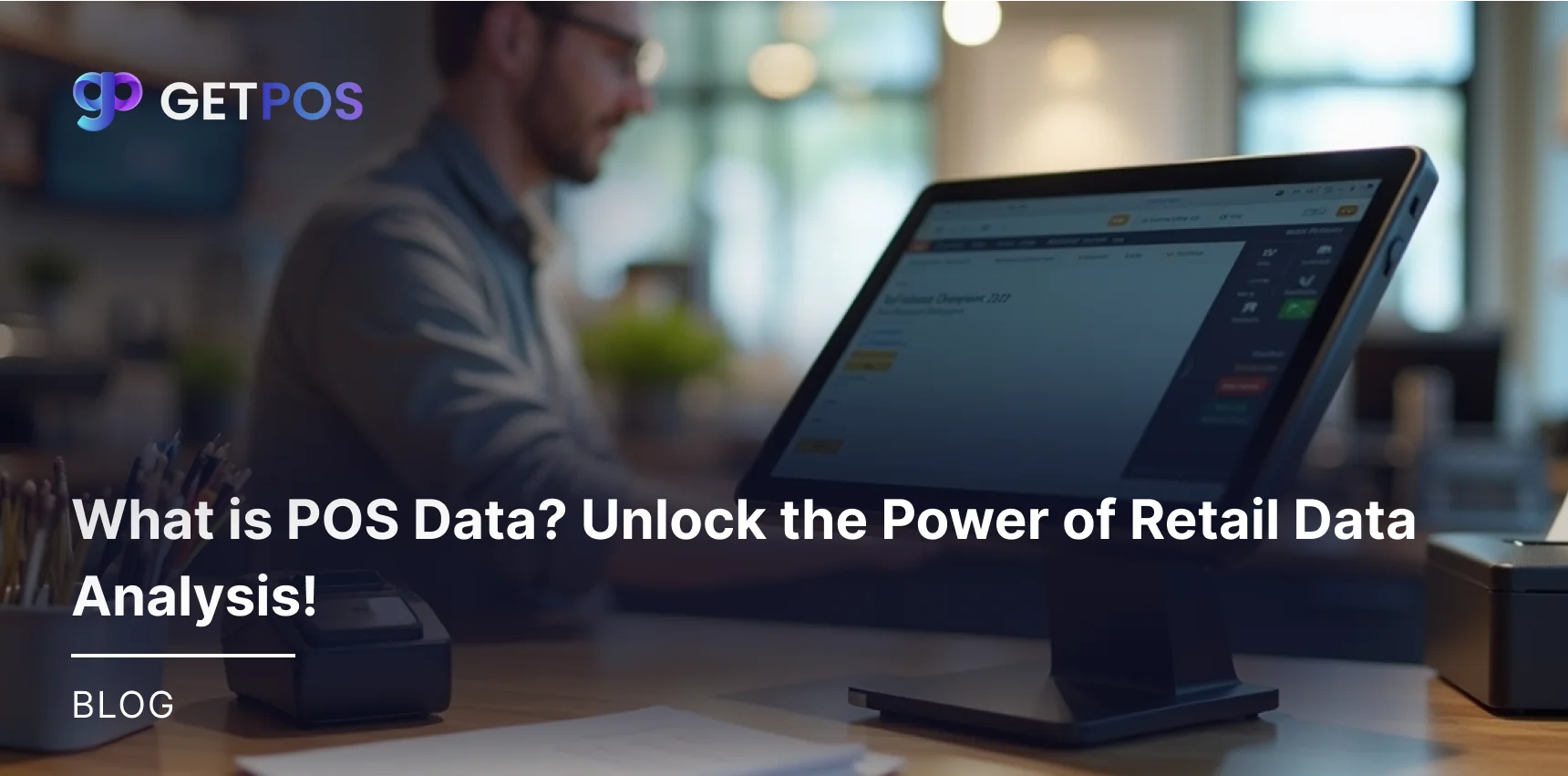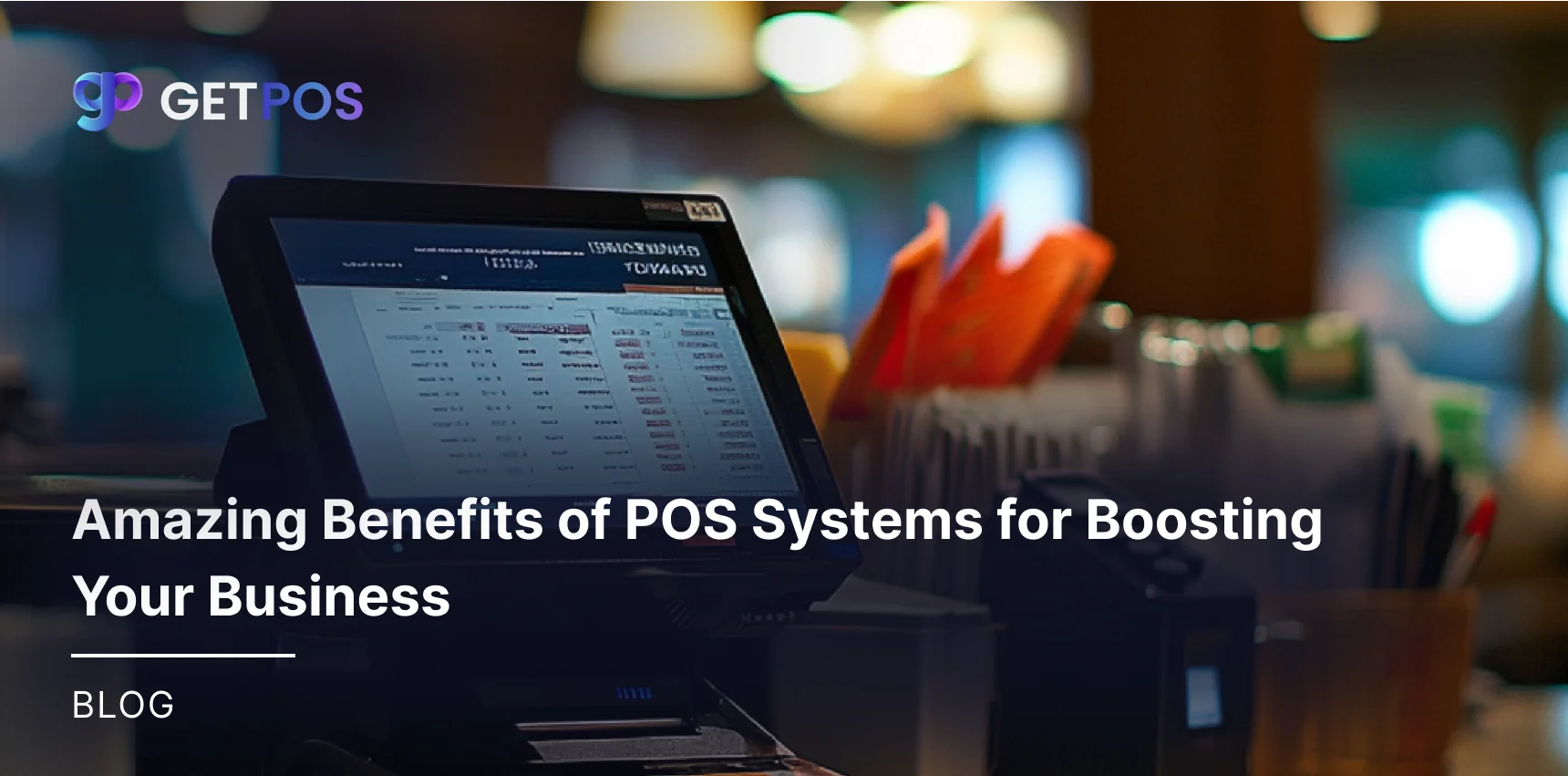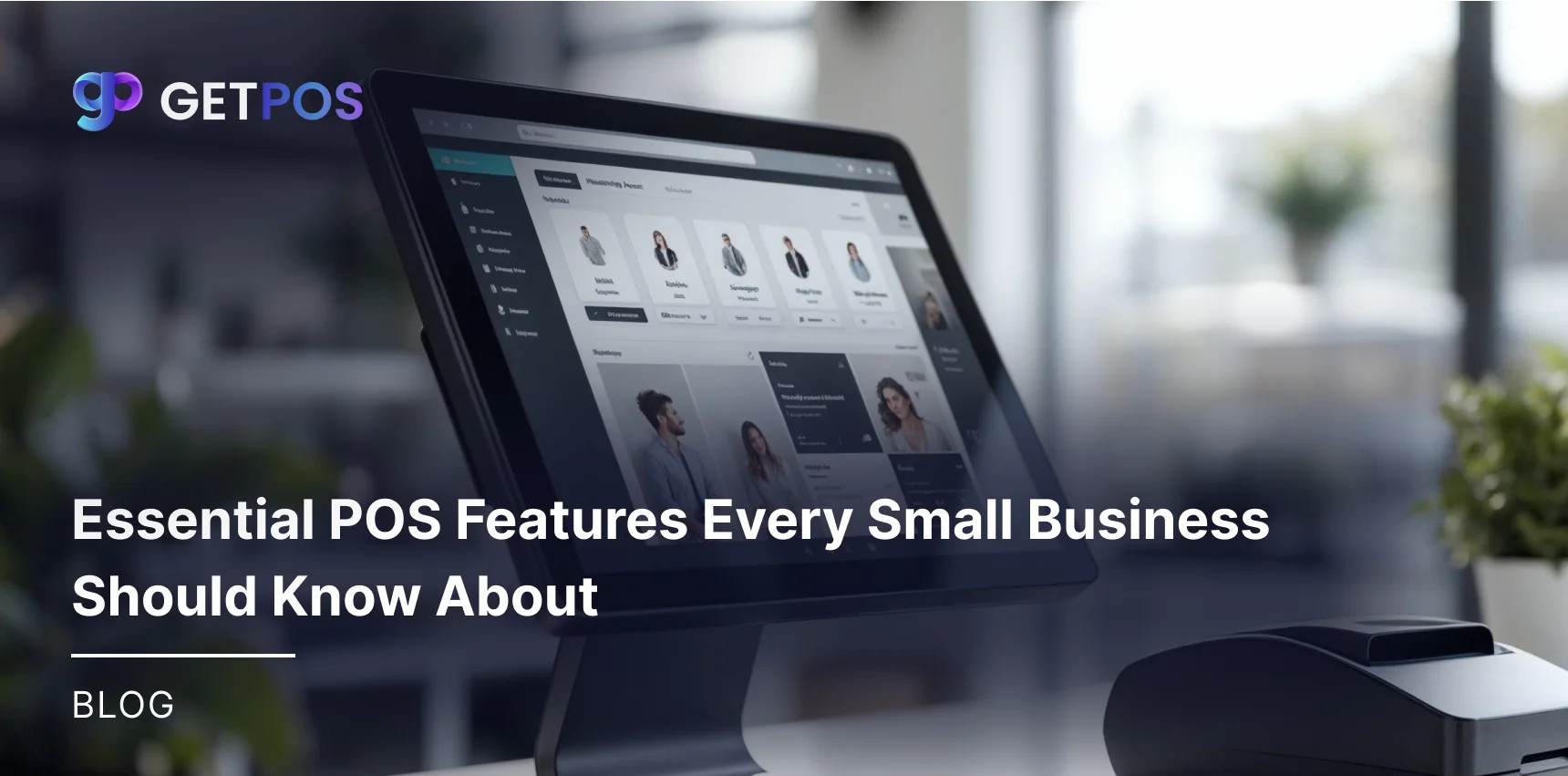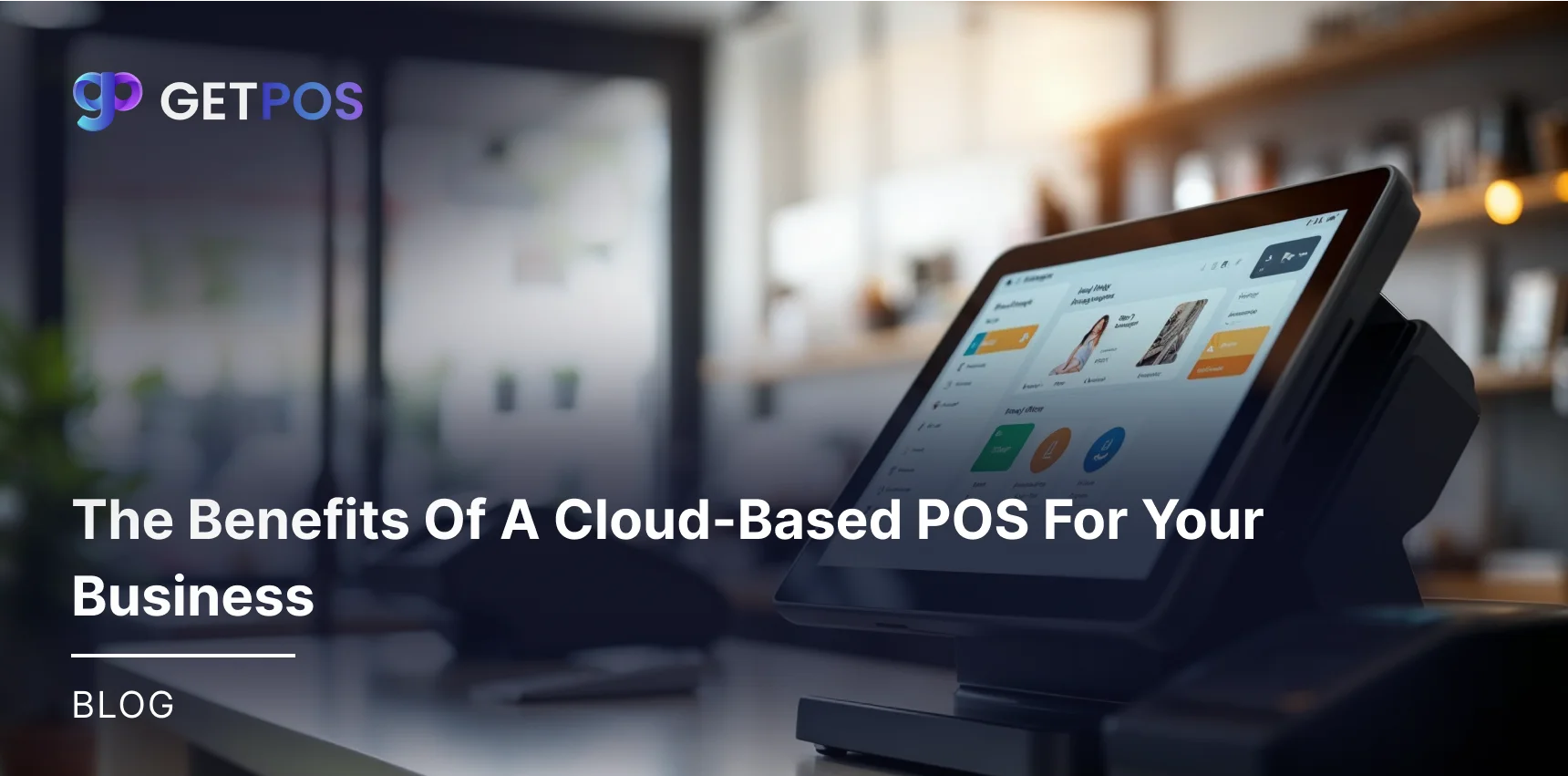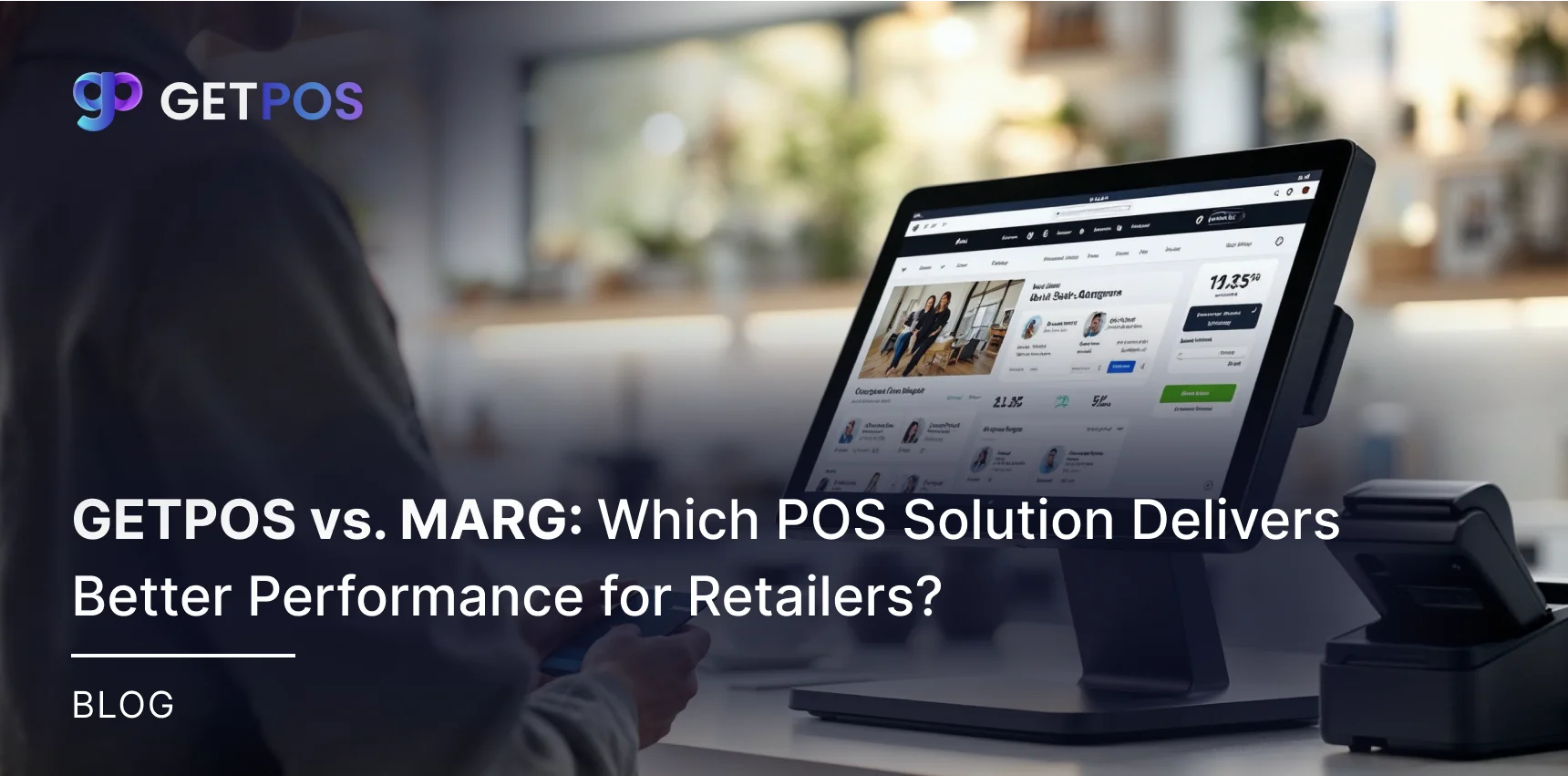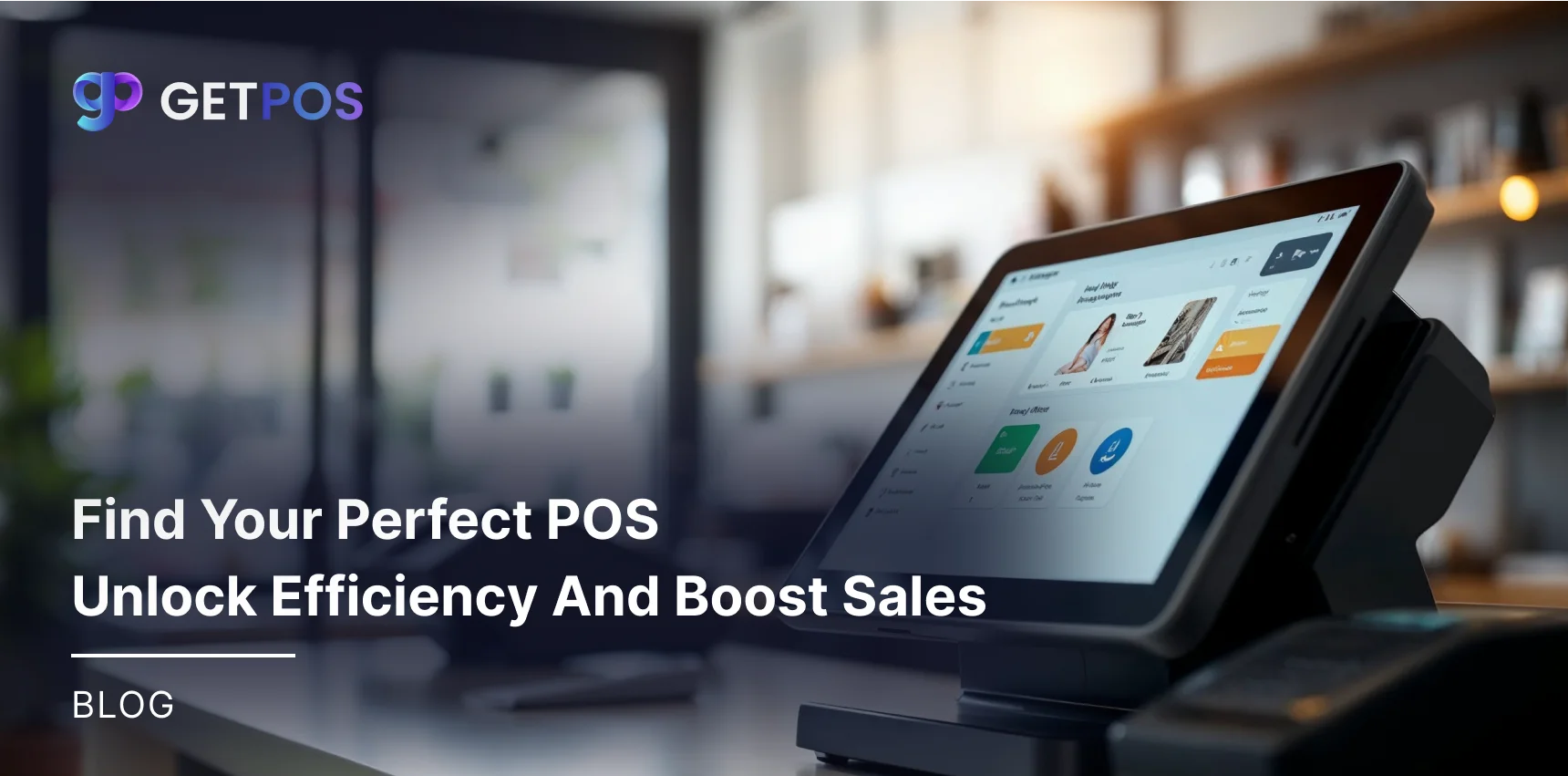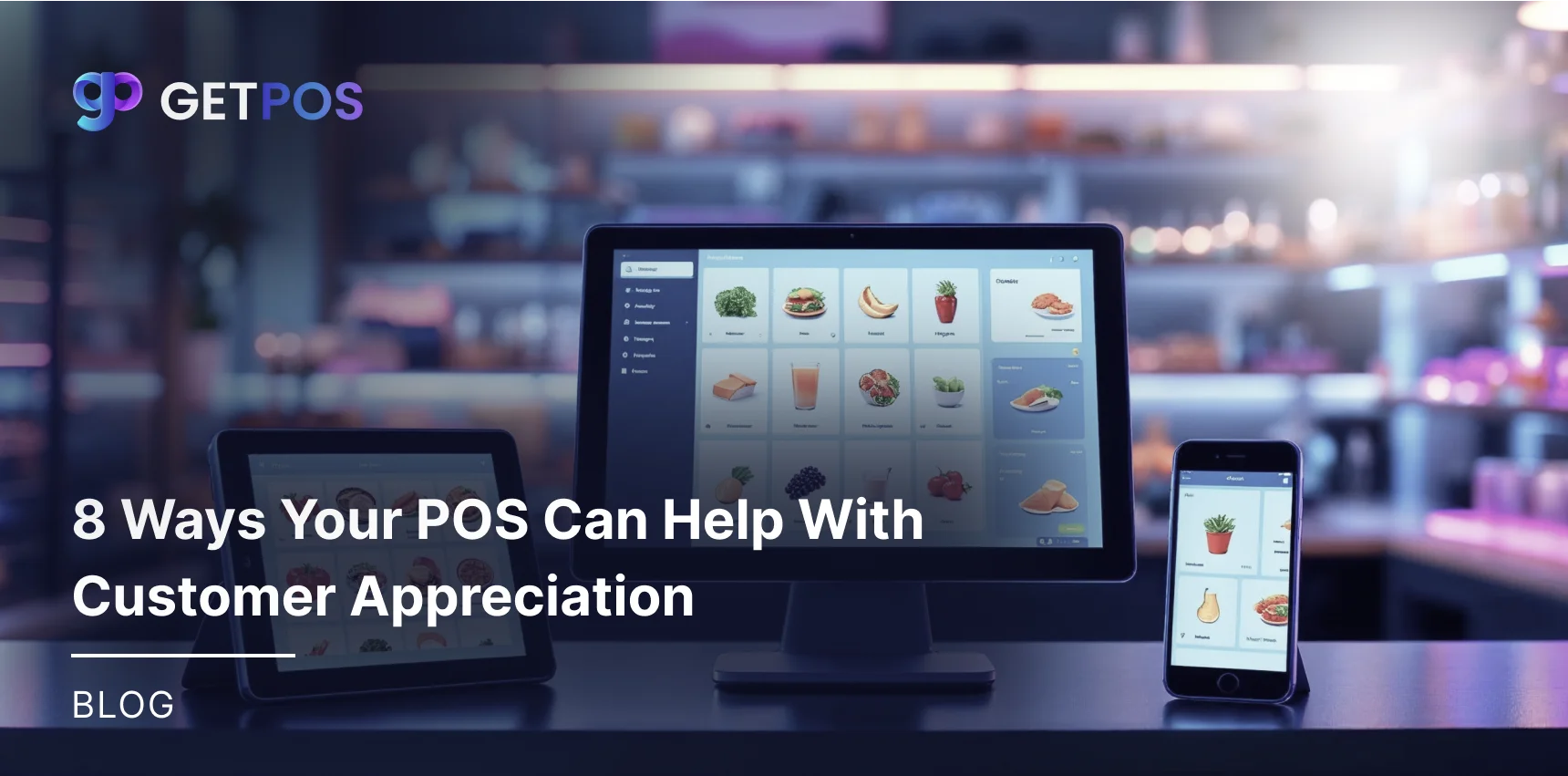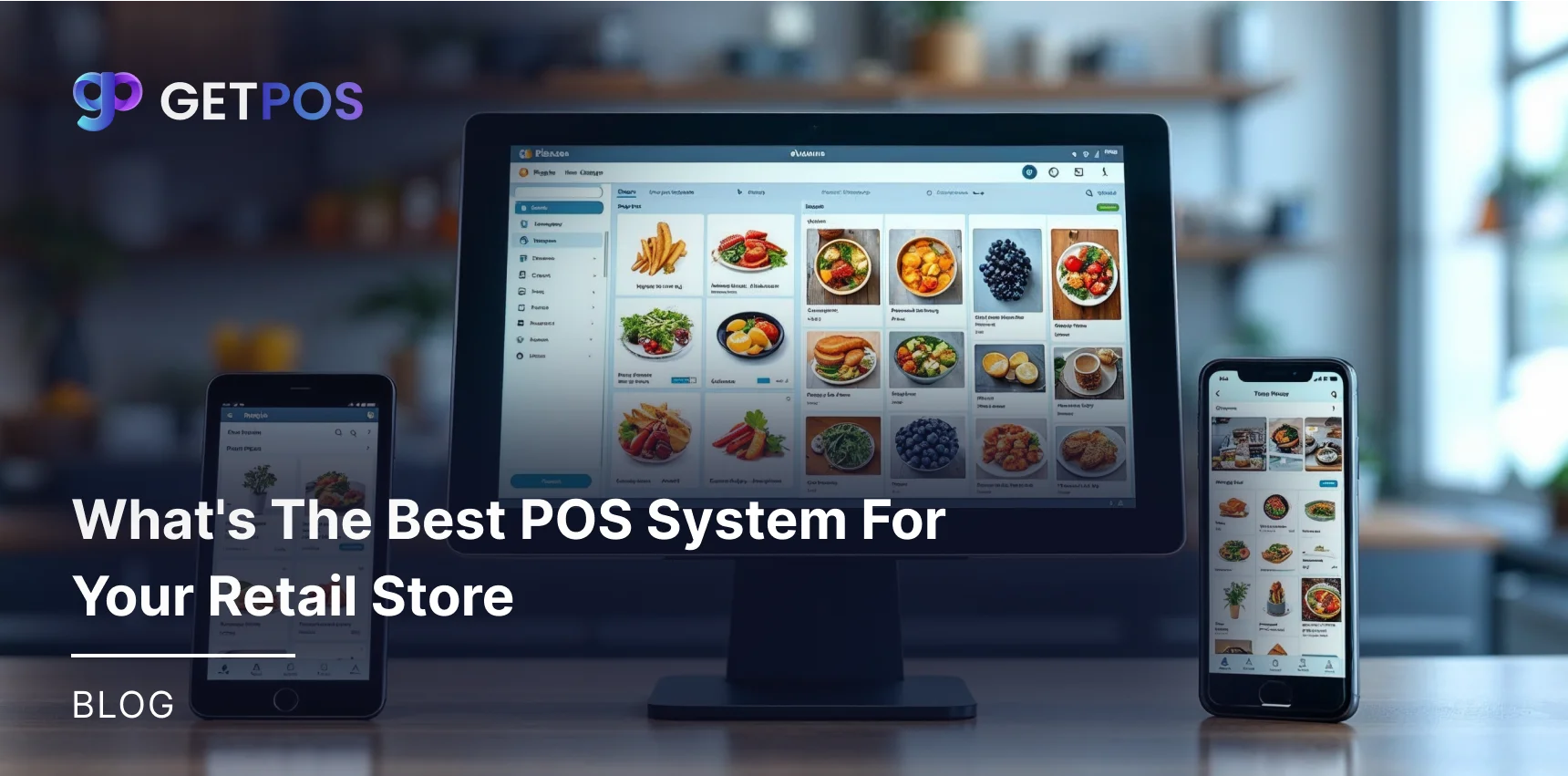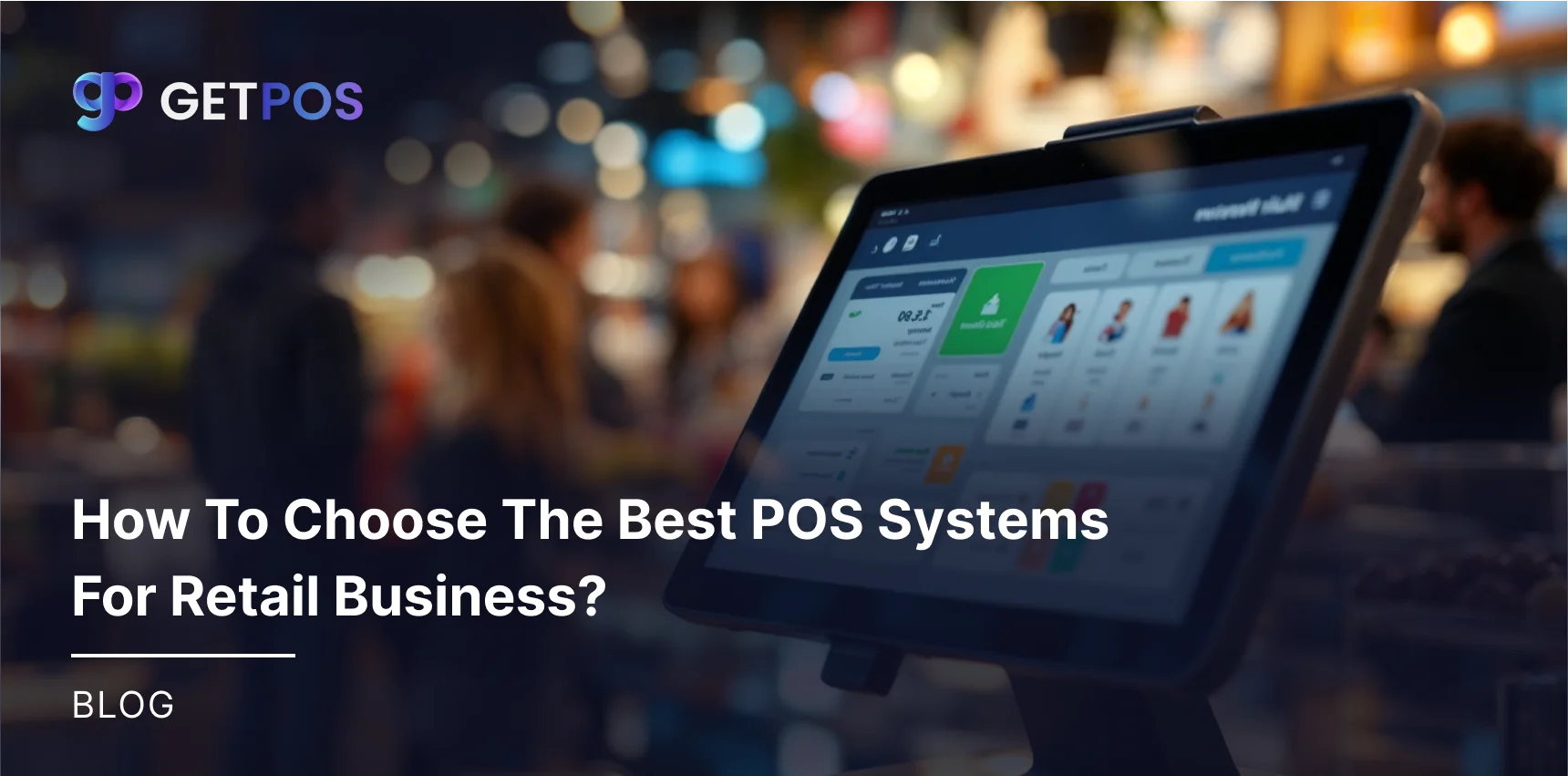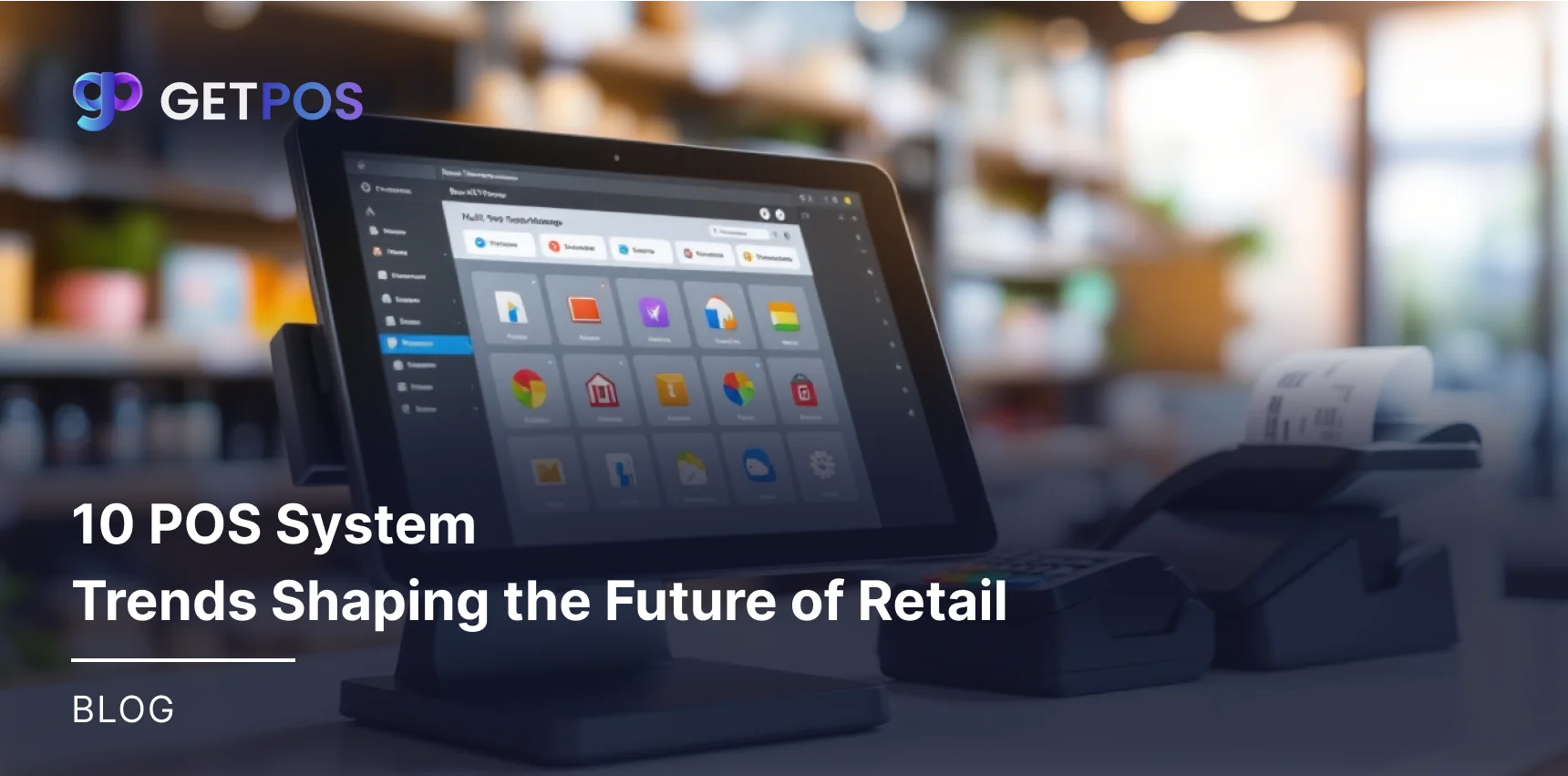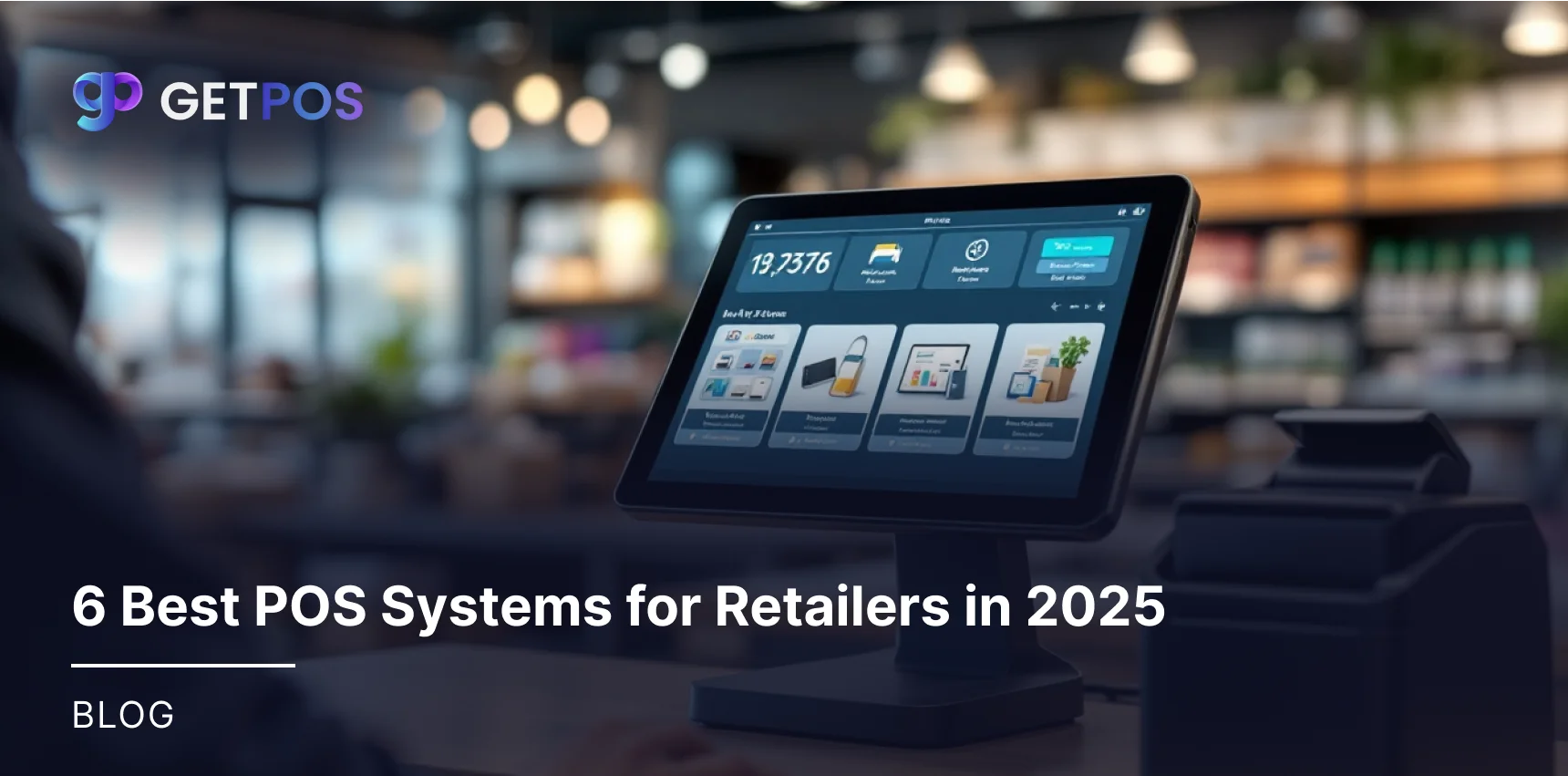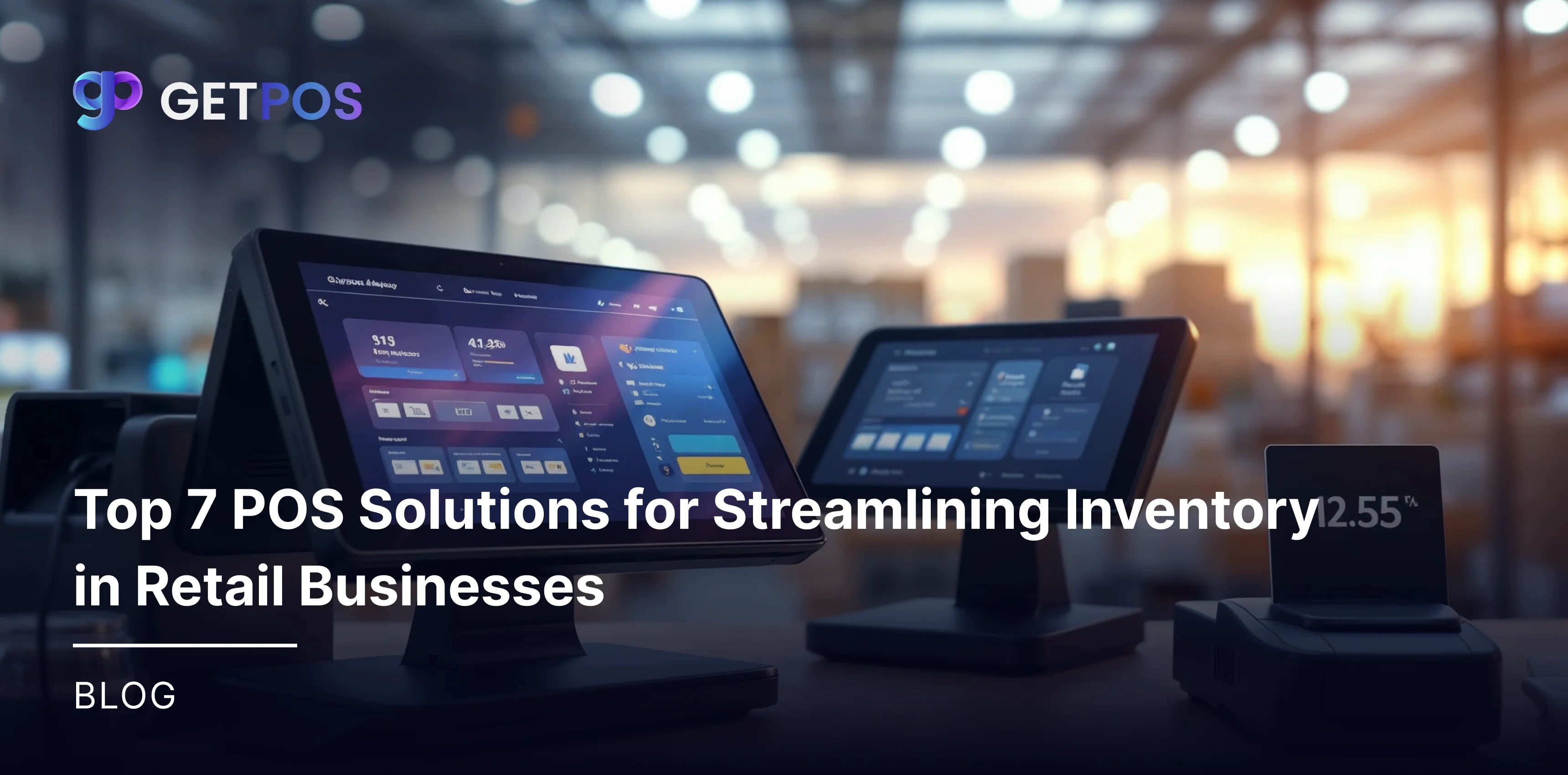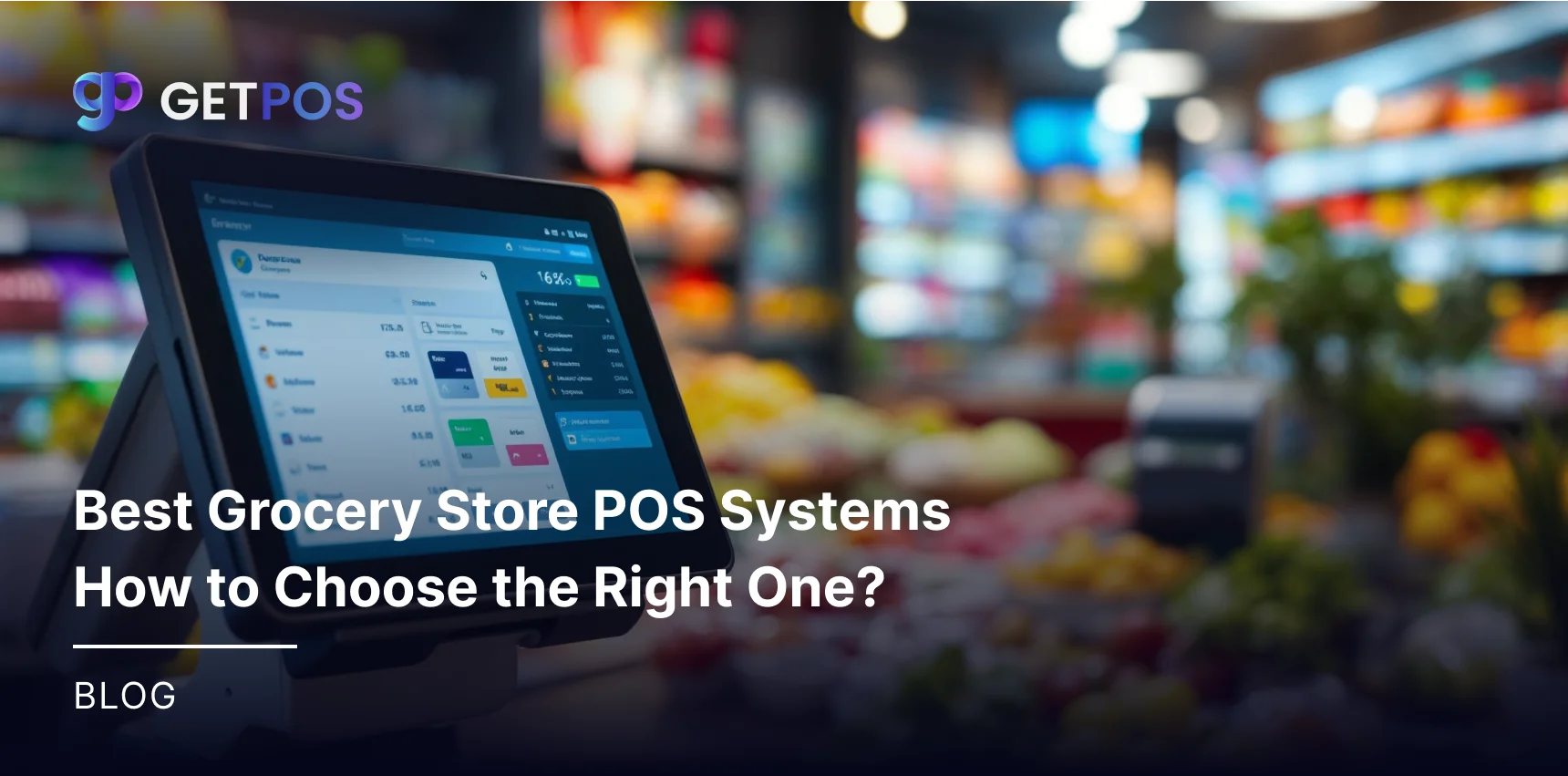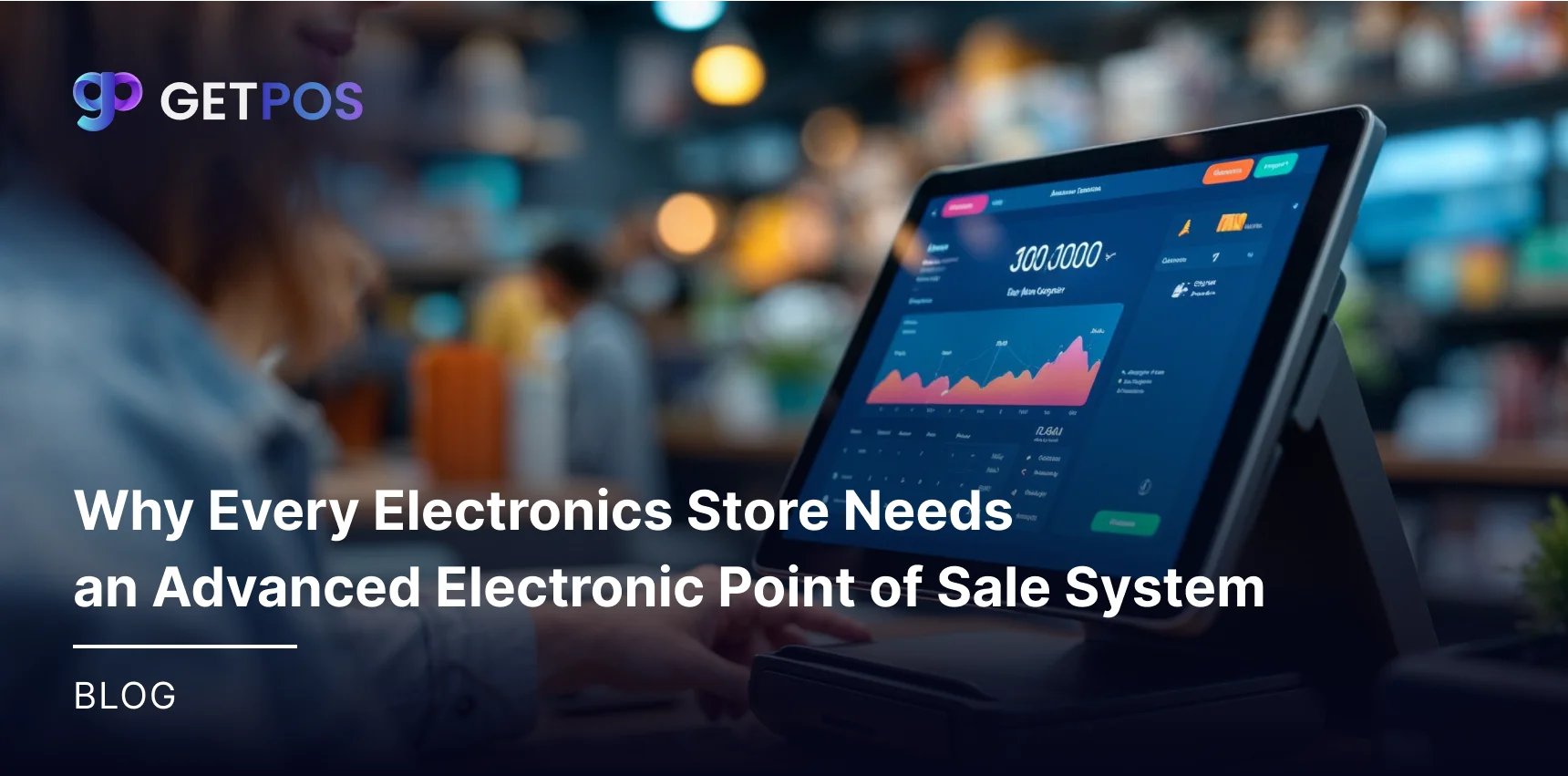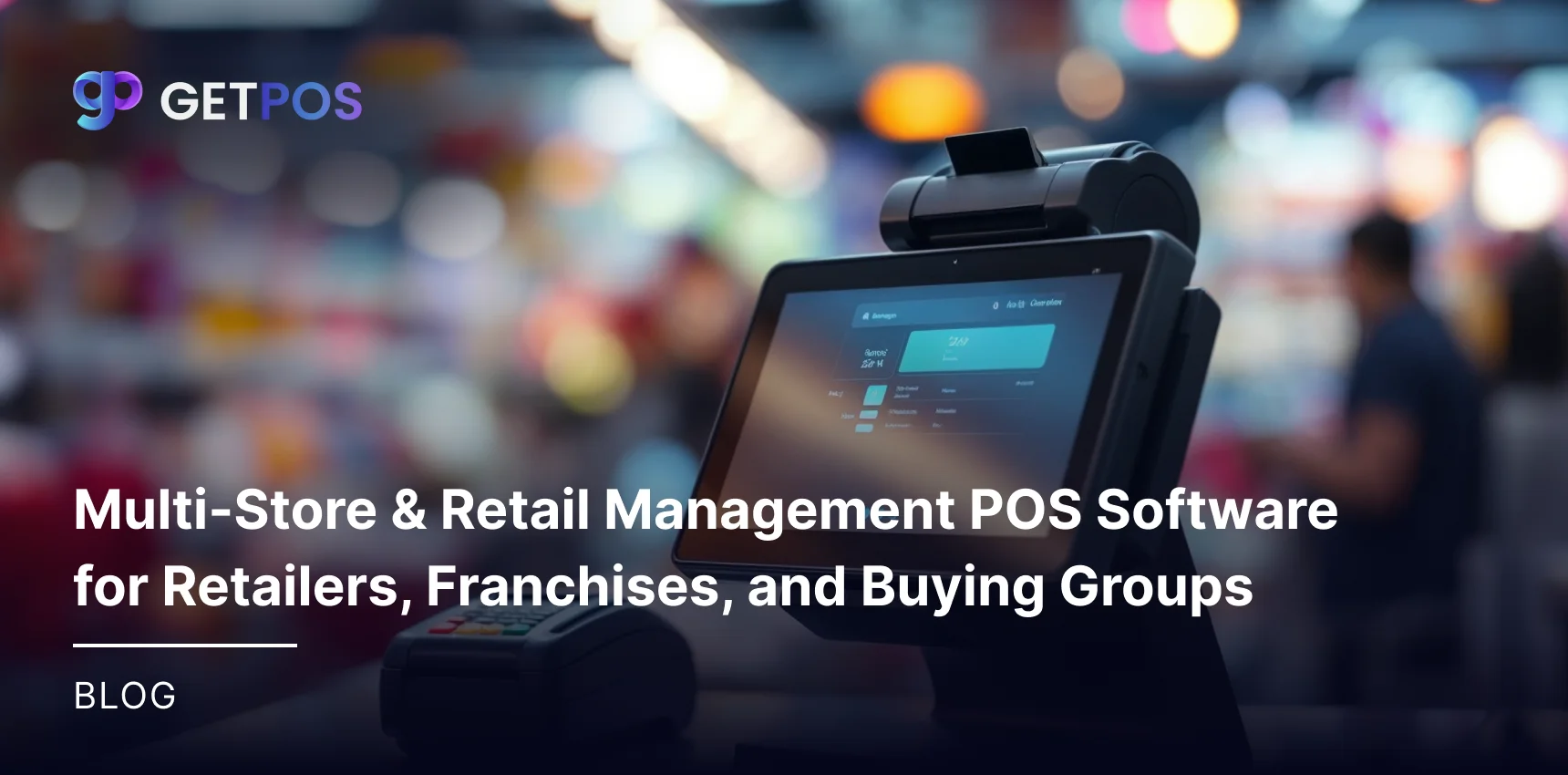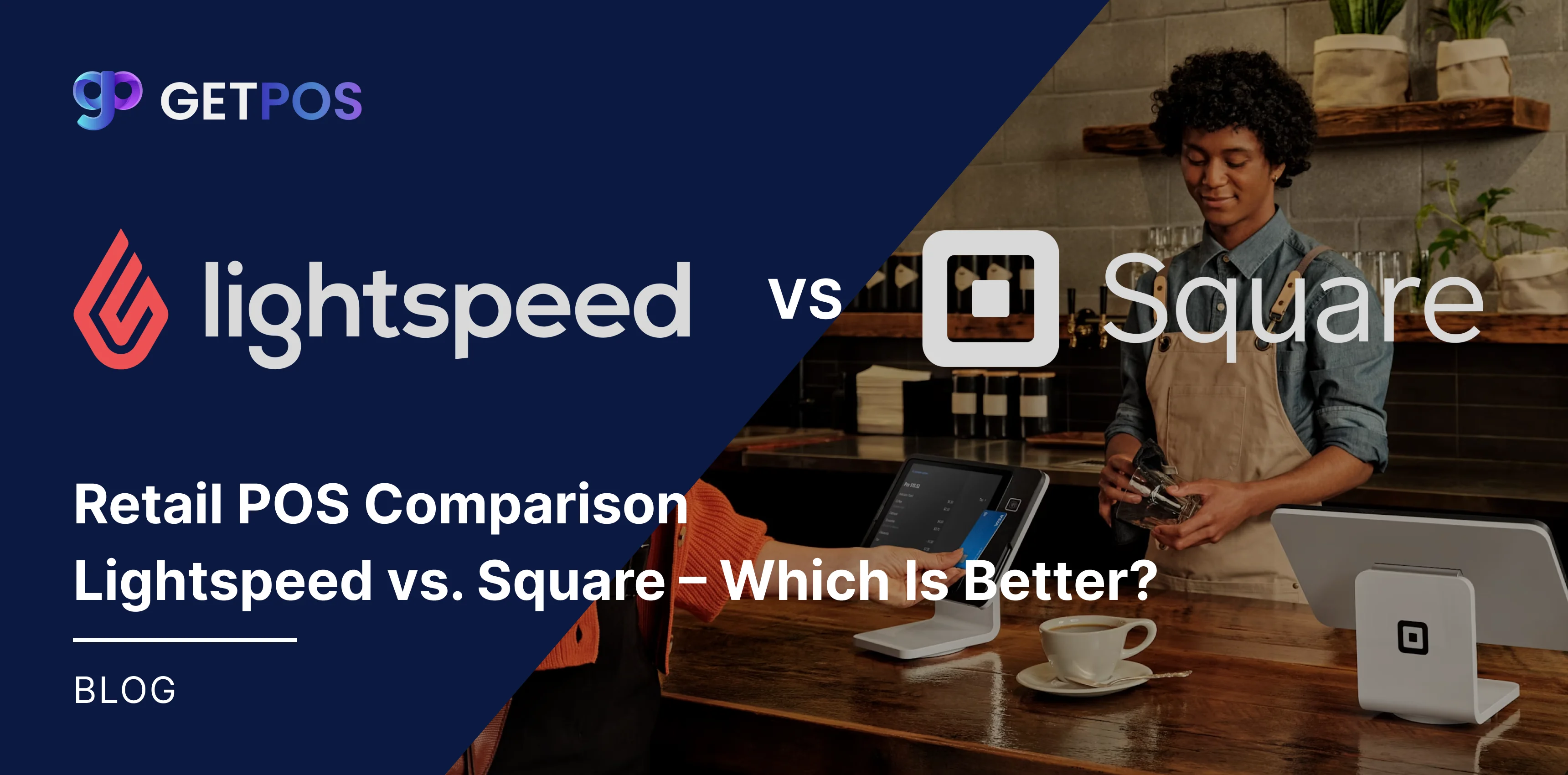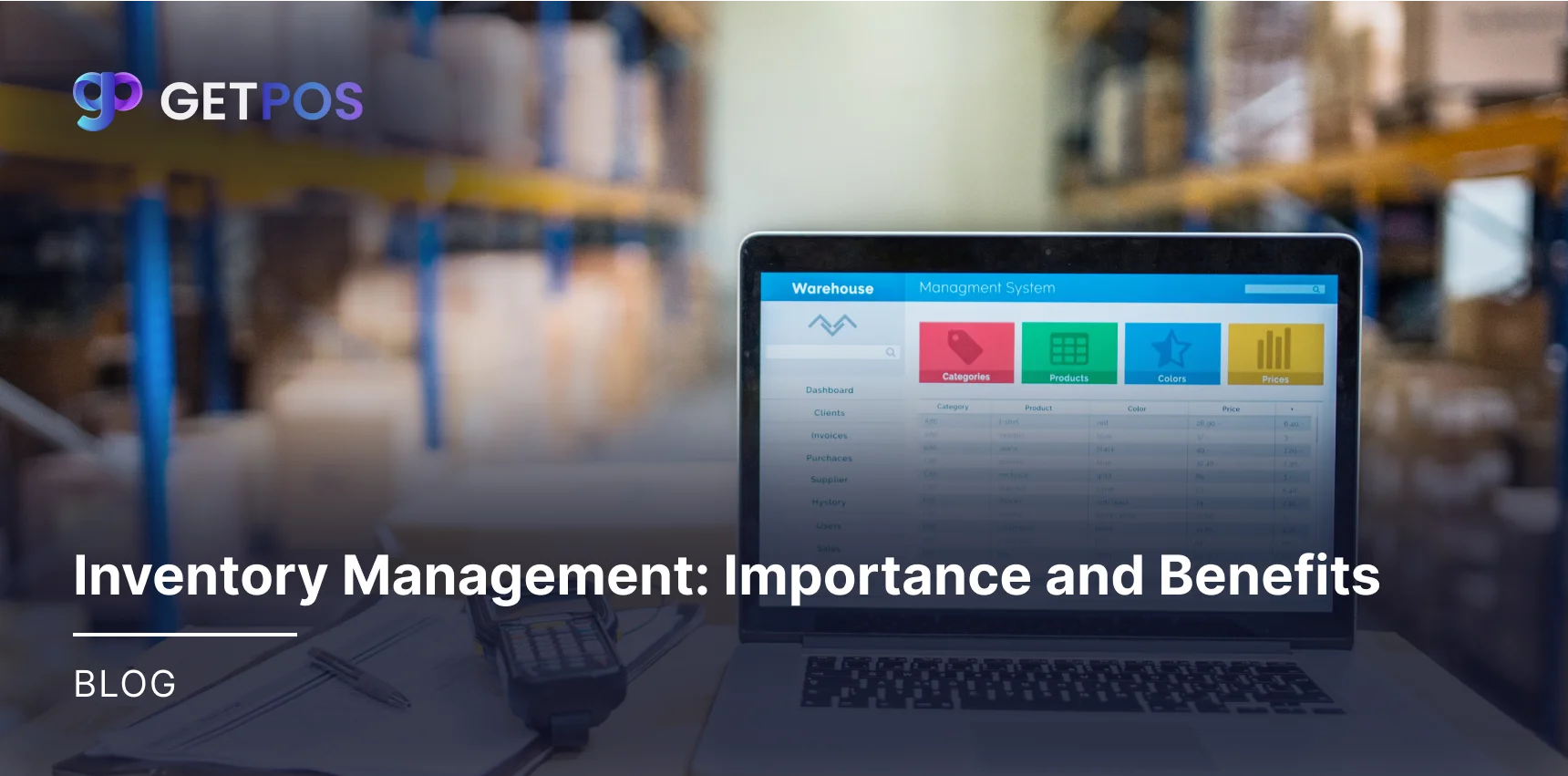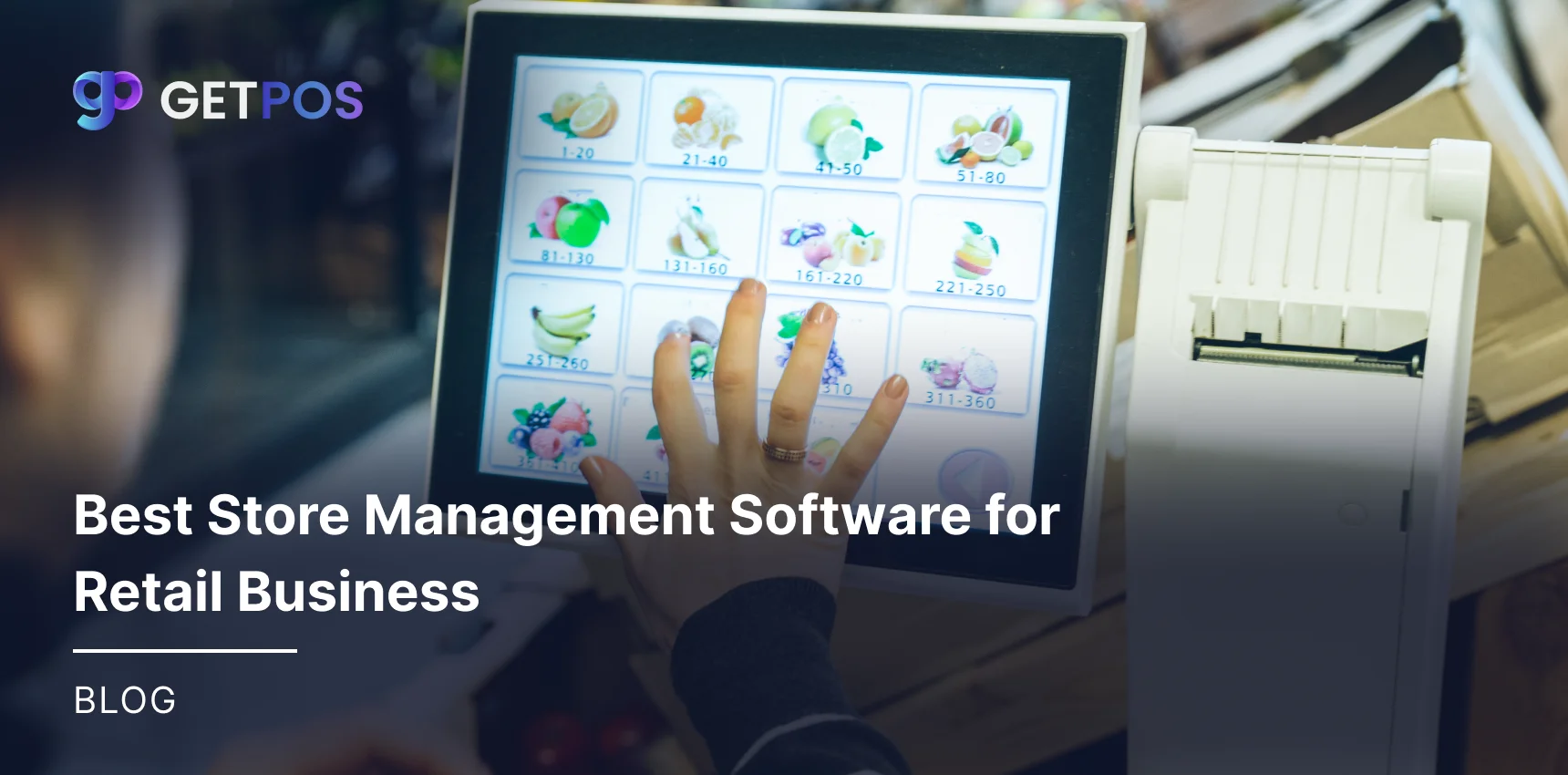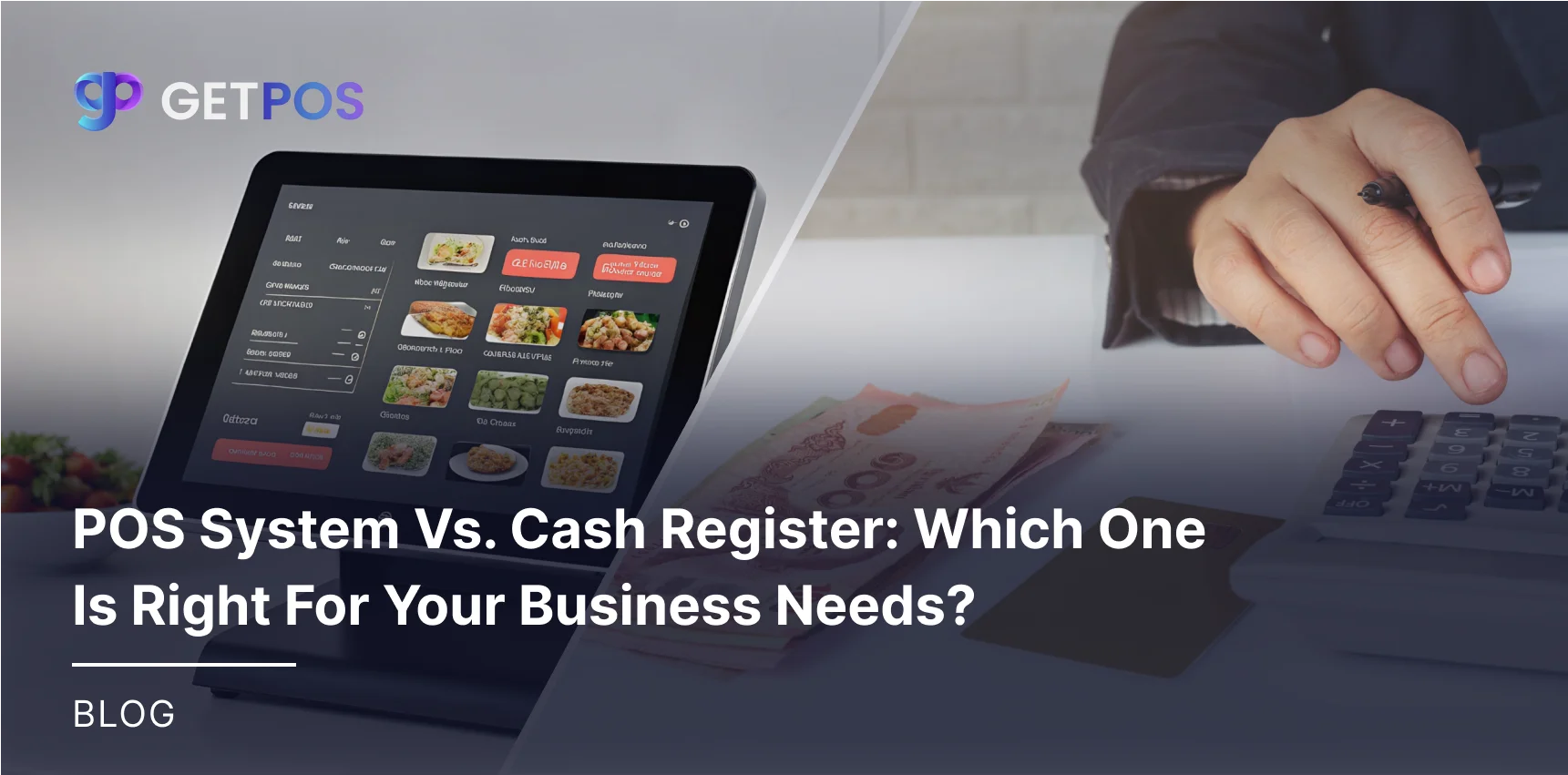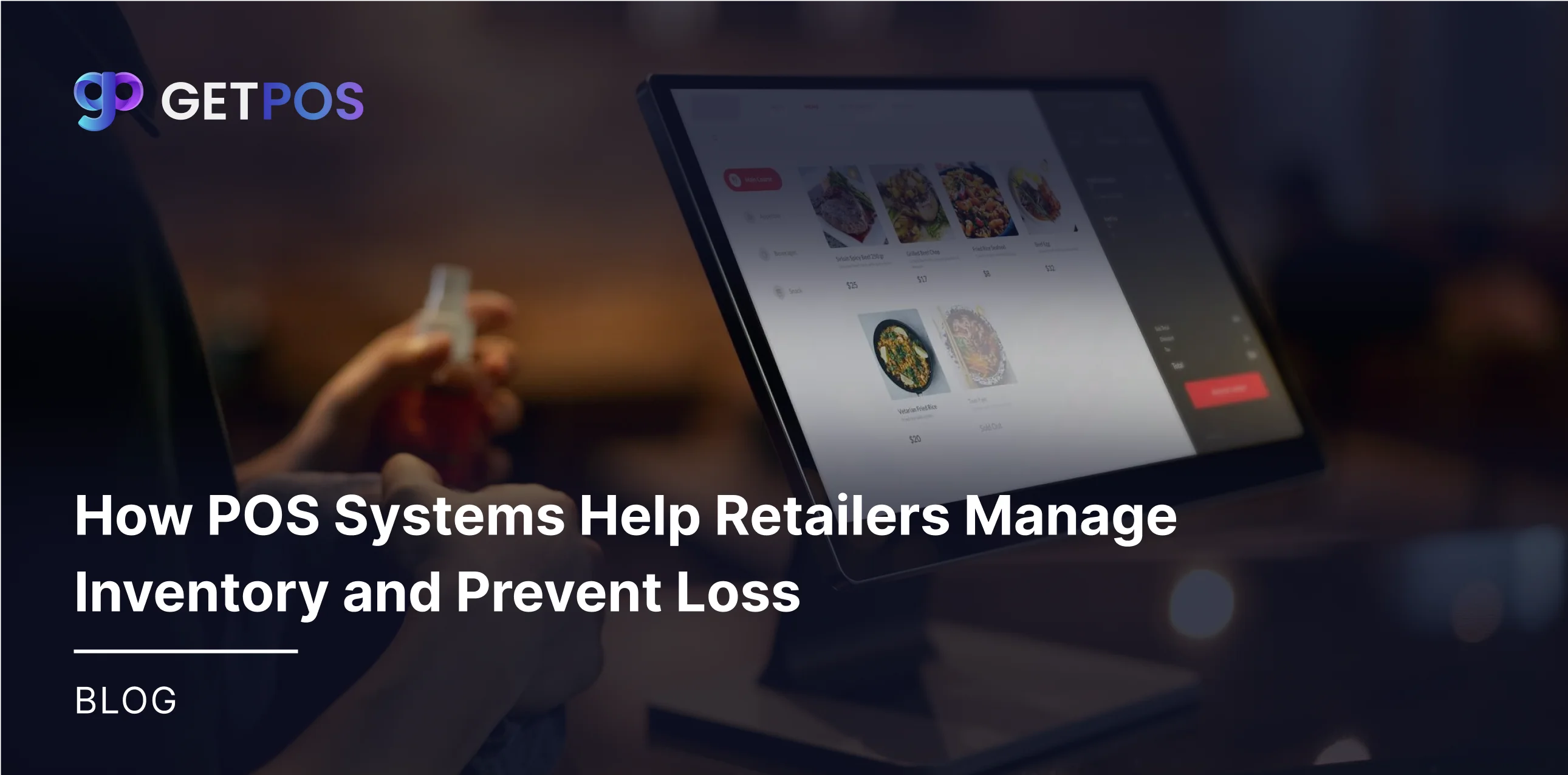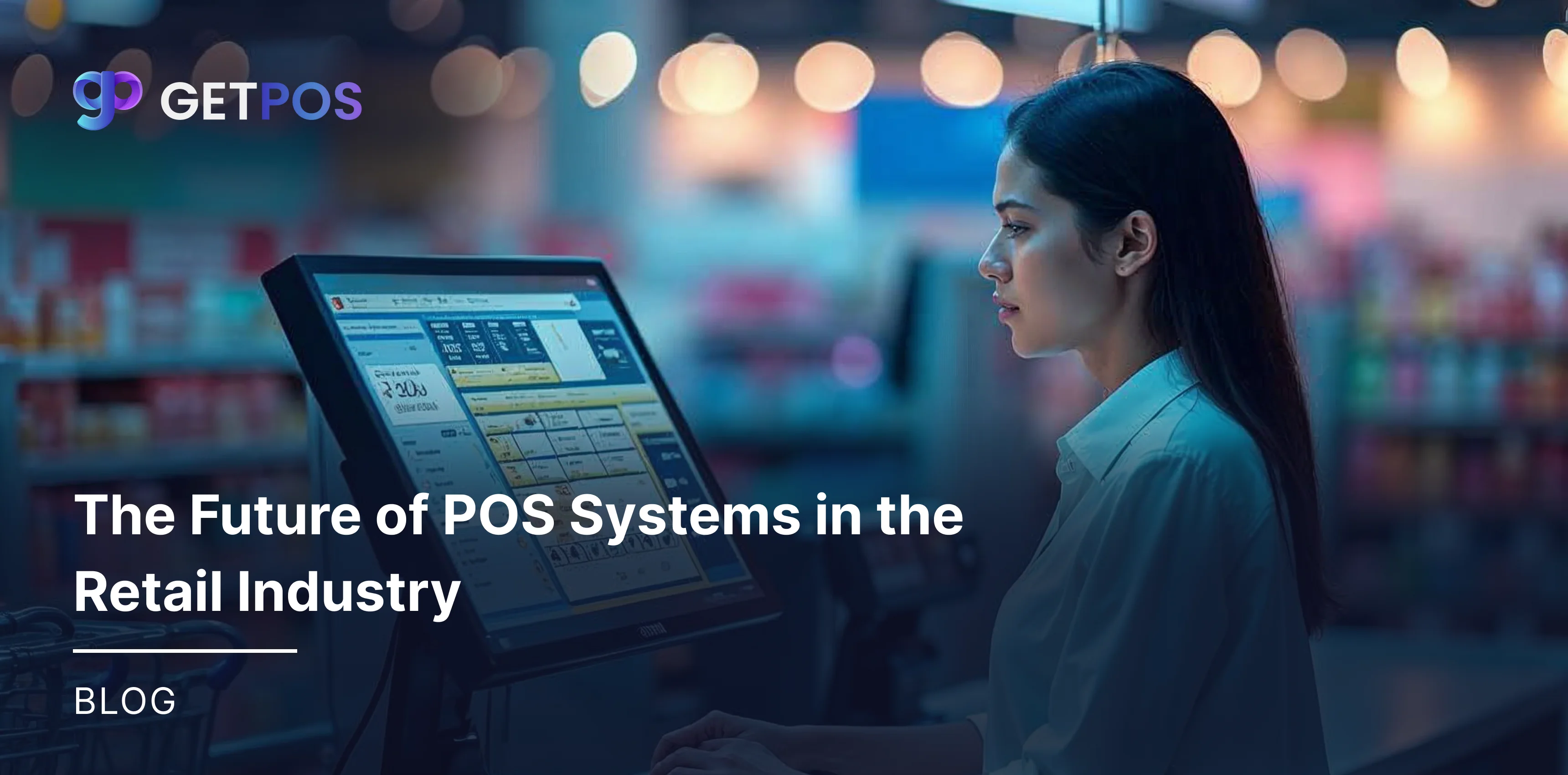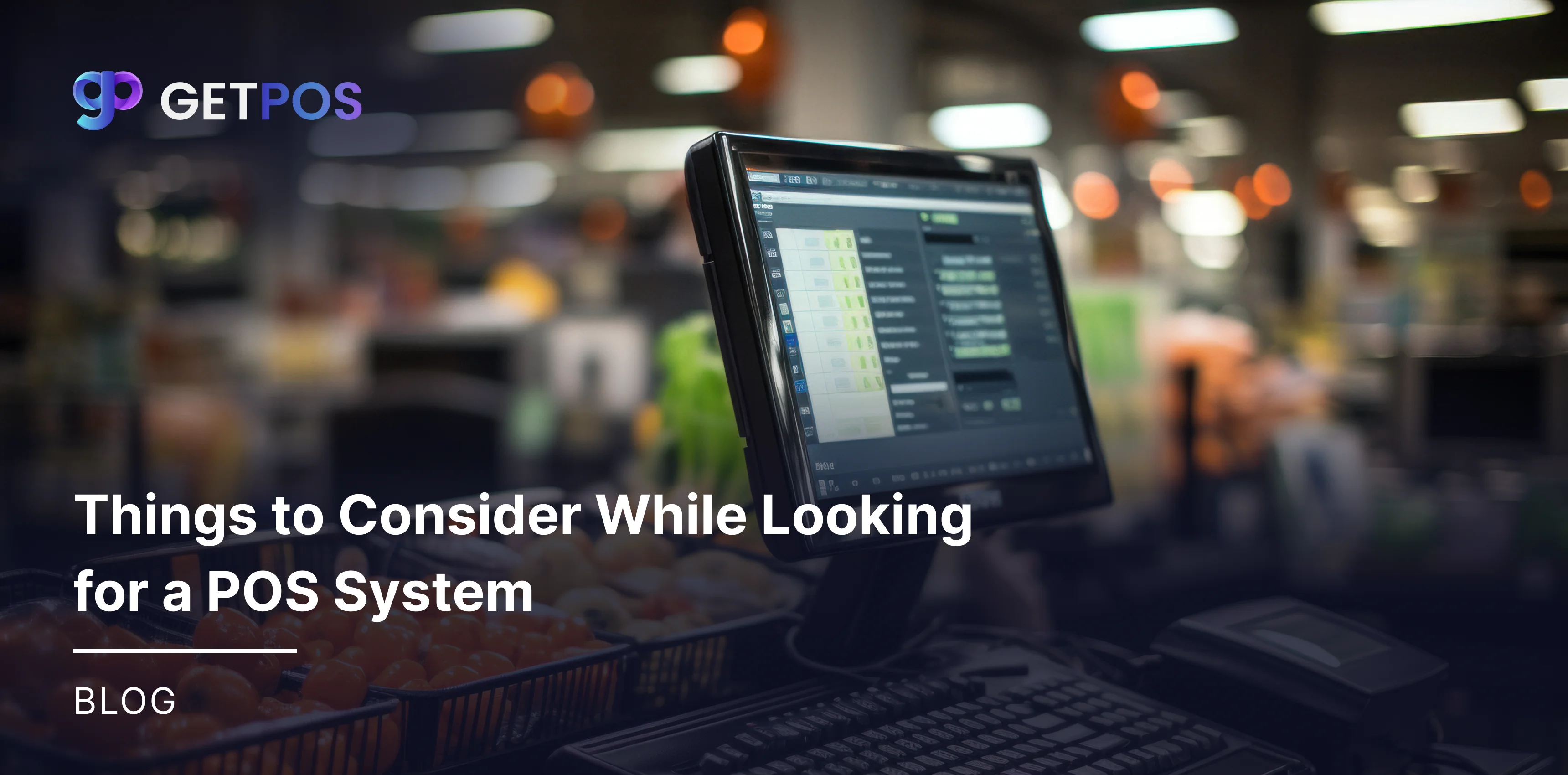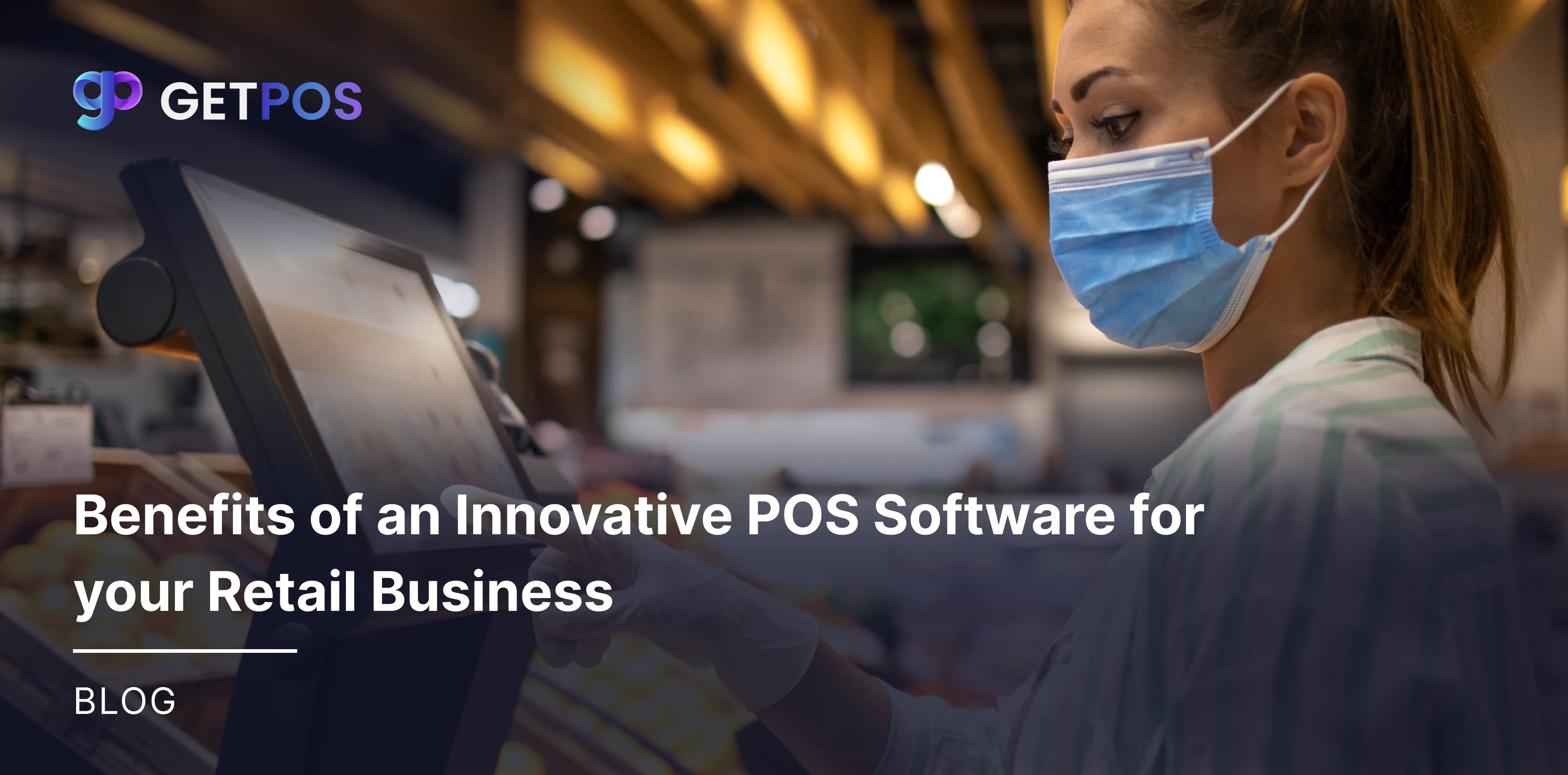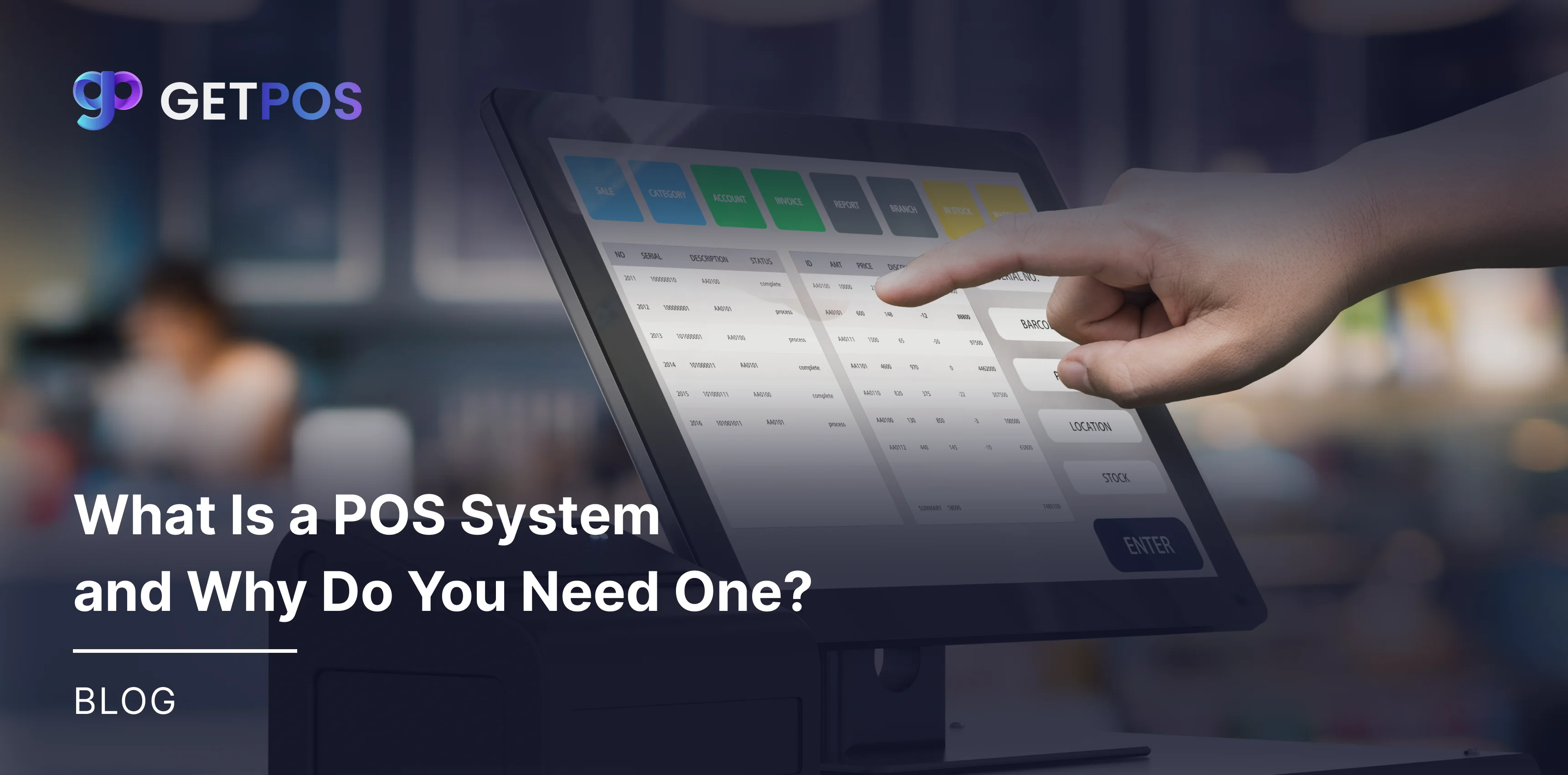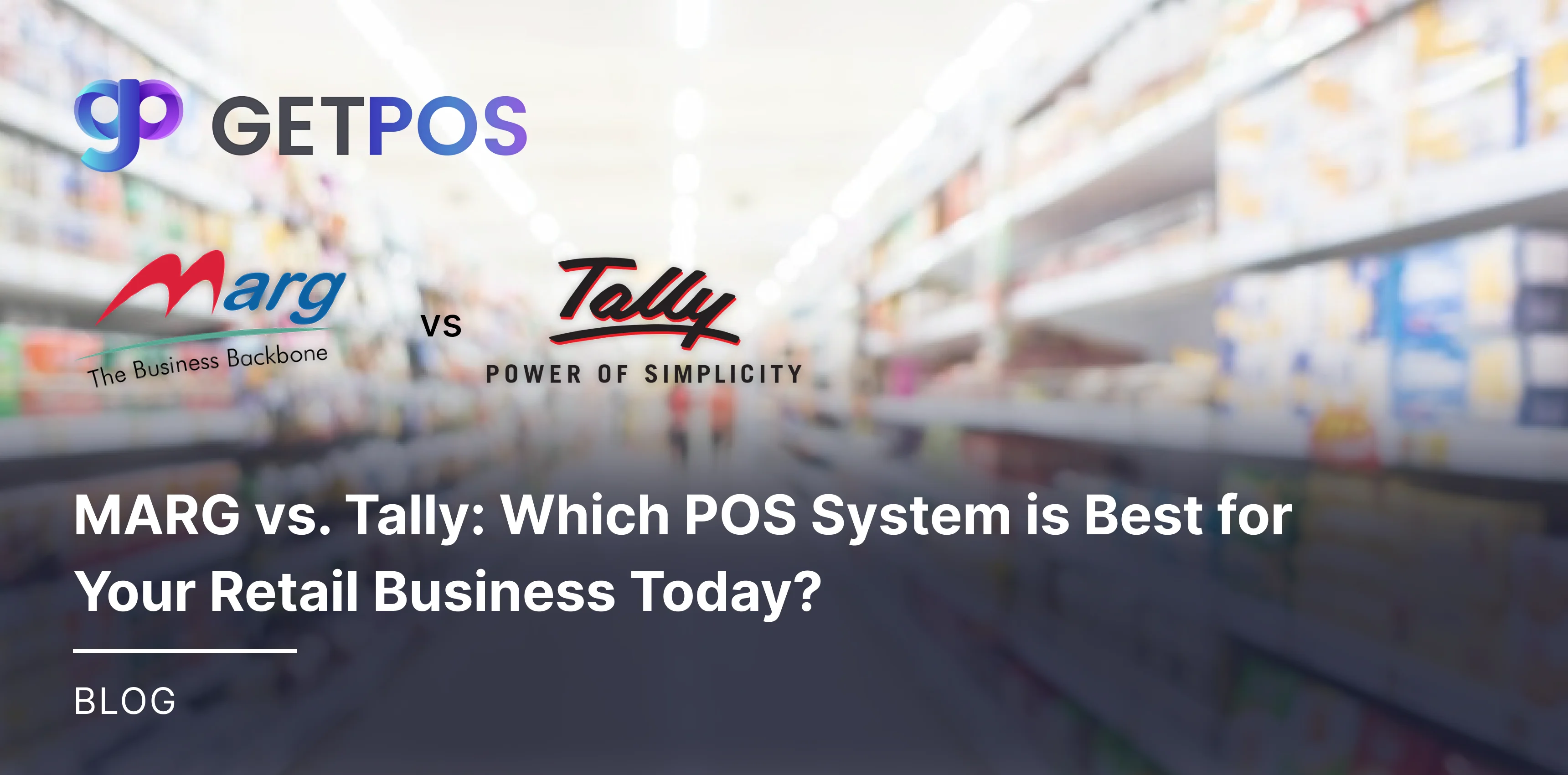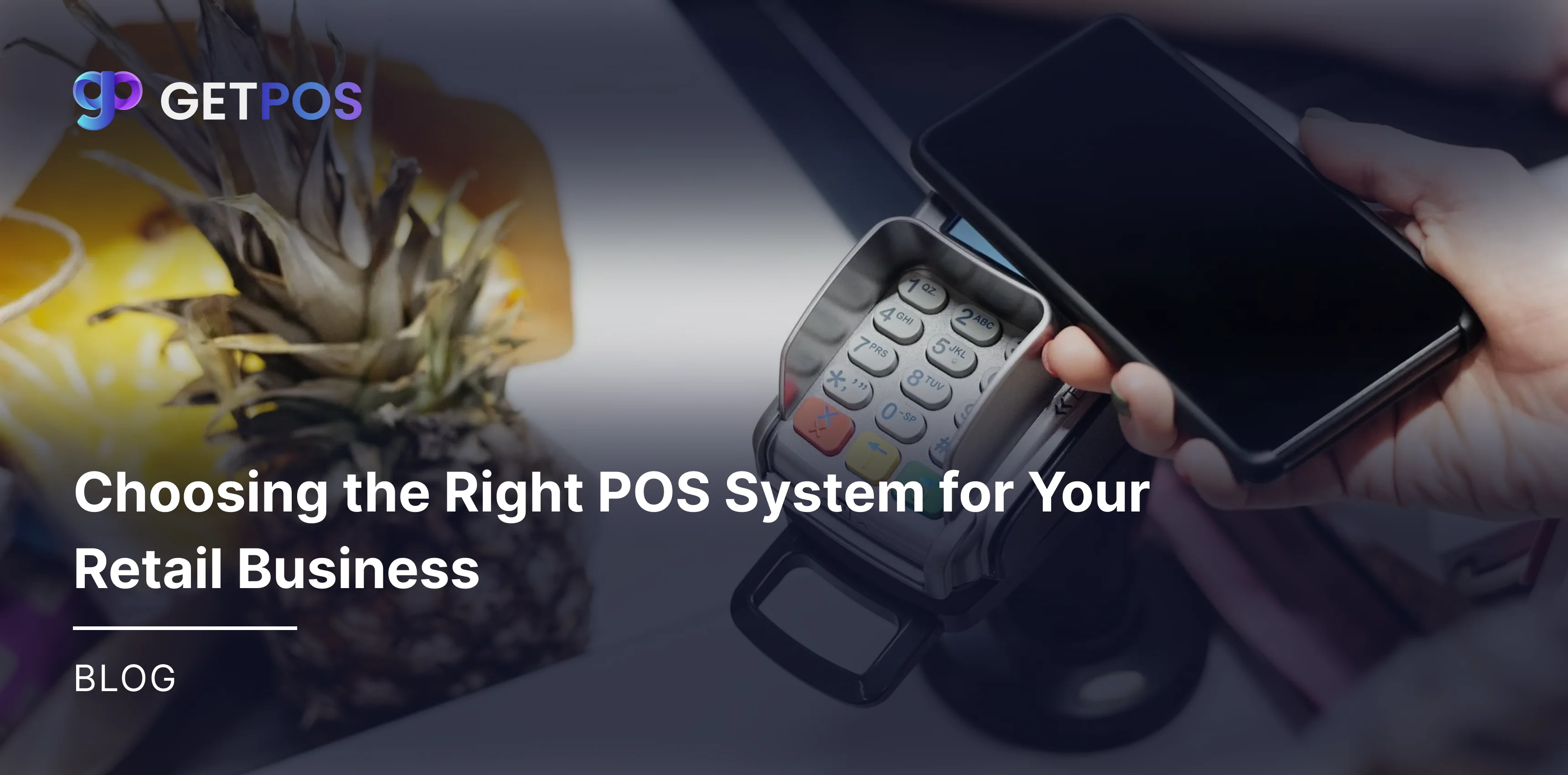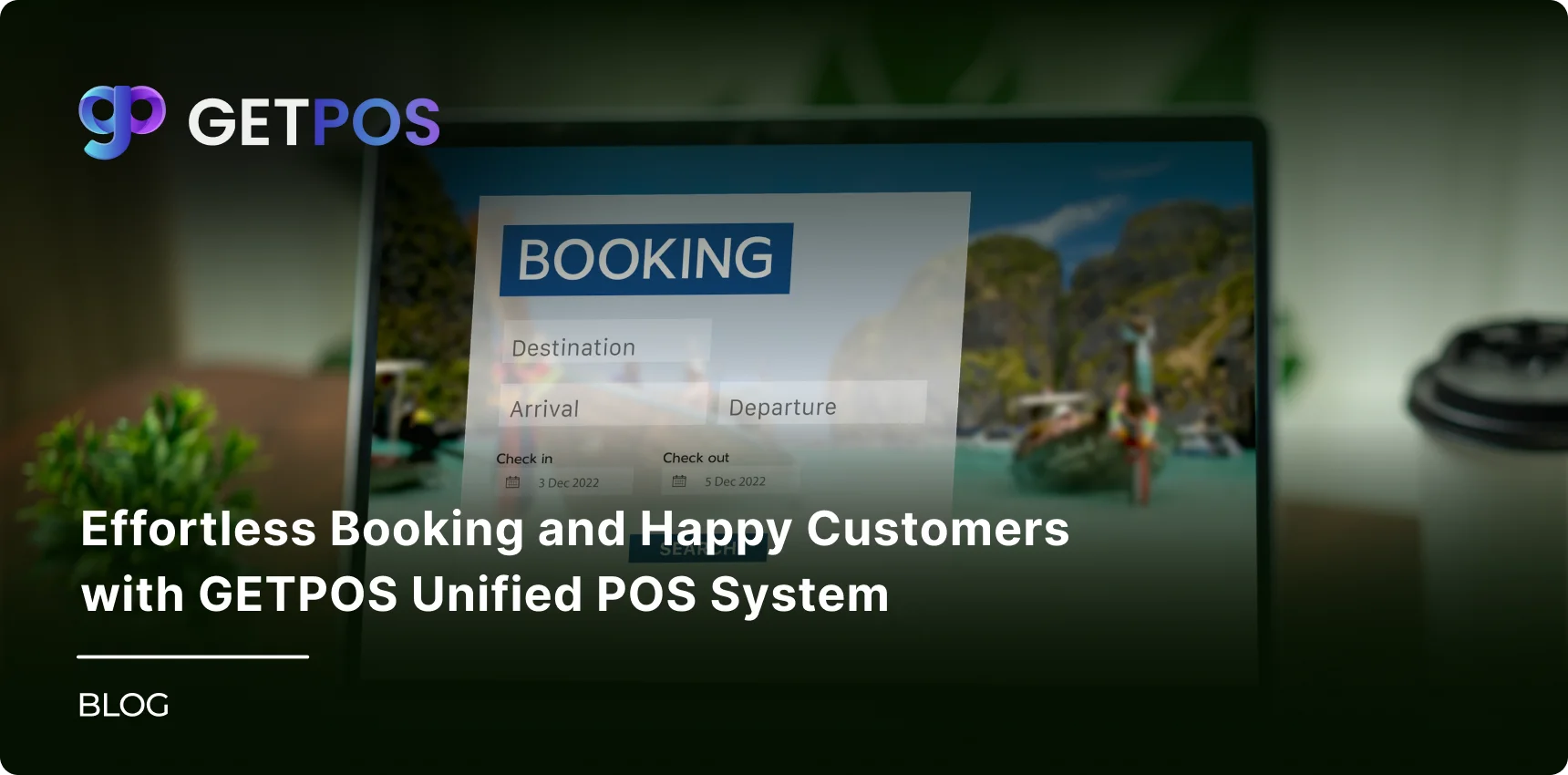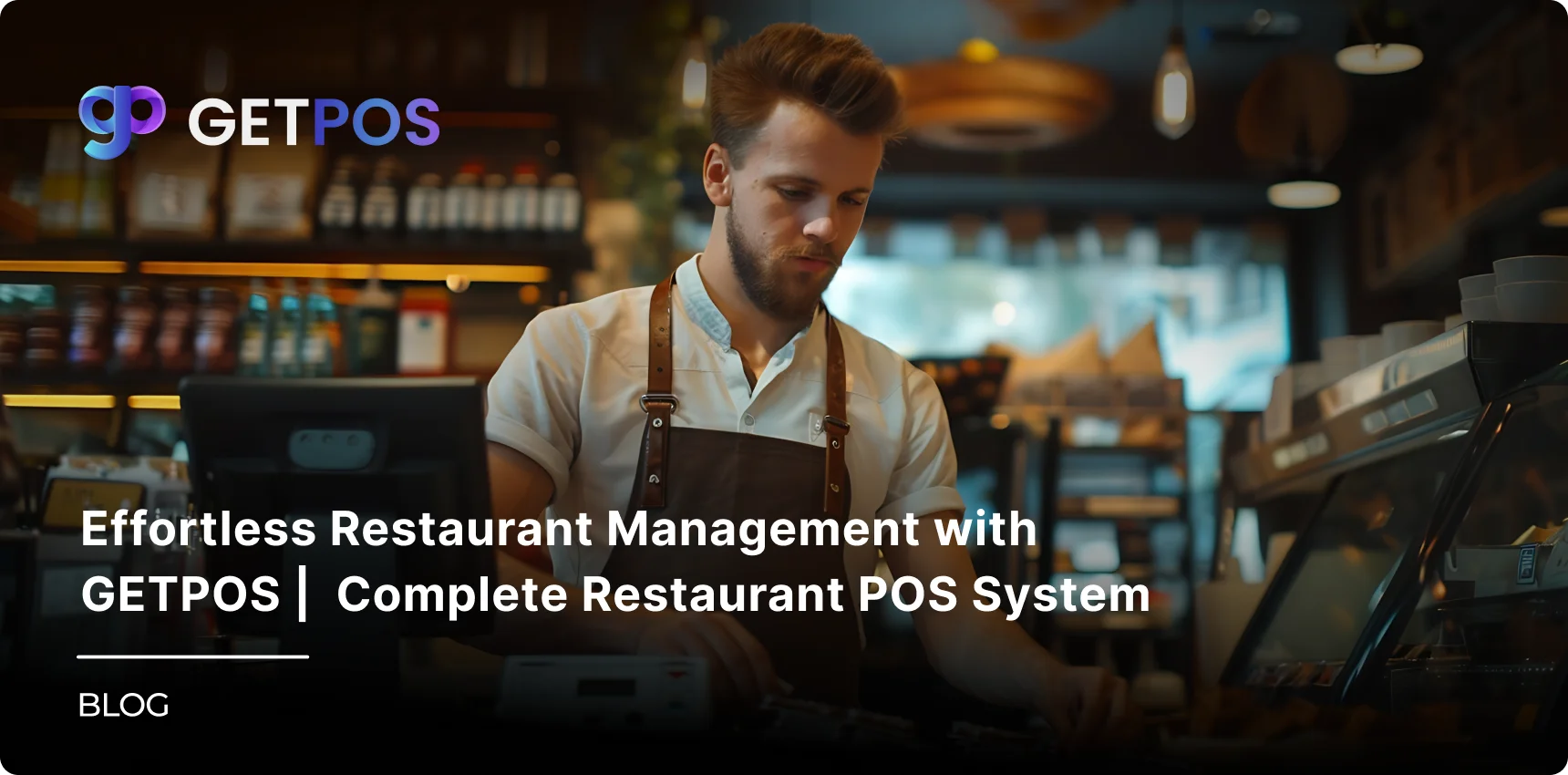Quick Summary
This blog compares Lightspeed vs Toast POS systems, helping you choose the right one for your business. Learn about features, pricing, and support. See which system fits retail, restaurants, or hospitality best.
Table Of Contents
Introduction
No matter you are a small, medium, or multi-store business, nowadays, you need an efficient system to manage and take care of all your business operations and functions. So, if you are running a shop or restaurant and struggling to find the best way to take orders and payments, this blog post will help you find the best suitable one for your business. We will do a detailed POS solutions comparison, where Lightspeed vs Toast are two top choices, and picking the right one will help you manage sales, track inventory, and serve customers better. We will compare features, prices, and ease of use for both systems, so you can have a clear idea of which one fits your needs best.
Key Takeaways
Lightspeed POS is best for retail and hospitality businesses.
Toast POS is designed for restaurants and food service.
Both systems offer strong inventory management and reporting.
Toast is strong in online ordering and kitchen management.
Your choice depends on your business type and needs.
What Are Lightspeed and Toast POS?
Lightspeed POS is a point-of-sale system mainly used by retail stores and hospitality businesses. It helps owners manage sales, track inventory, and handle customer data easily. Key features include strong reporting, inventory management, and support for online sales.
Toast POS, on the other hand, is designed specifically for restaurants and food service businesses. It lets staff take orders, process payments, and manage menus quickly. This POS system features also include many different tools for online orders, delivery, and kitchen management. When choosing between Lightspeed vs Toast, both help businesses run smoothly. Toast is best for food service, while Lightspeed is strong in retail and hospitality.
Features and Functionality: POS Solutions Comparison
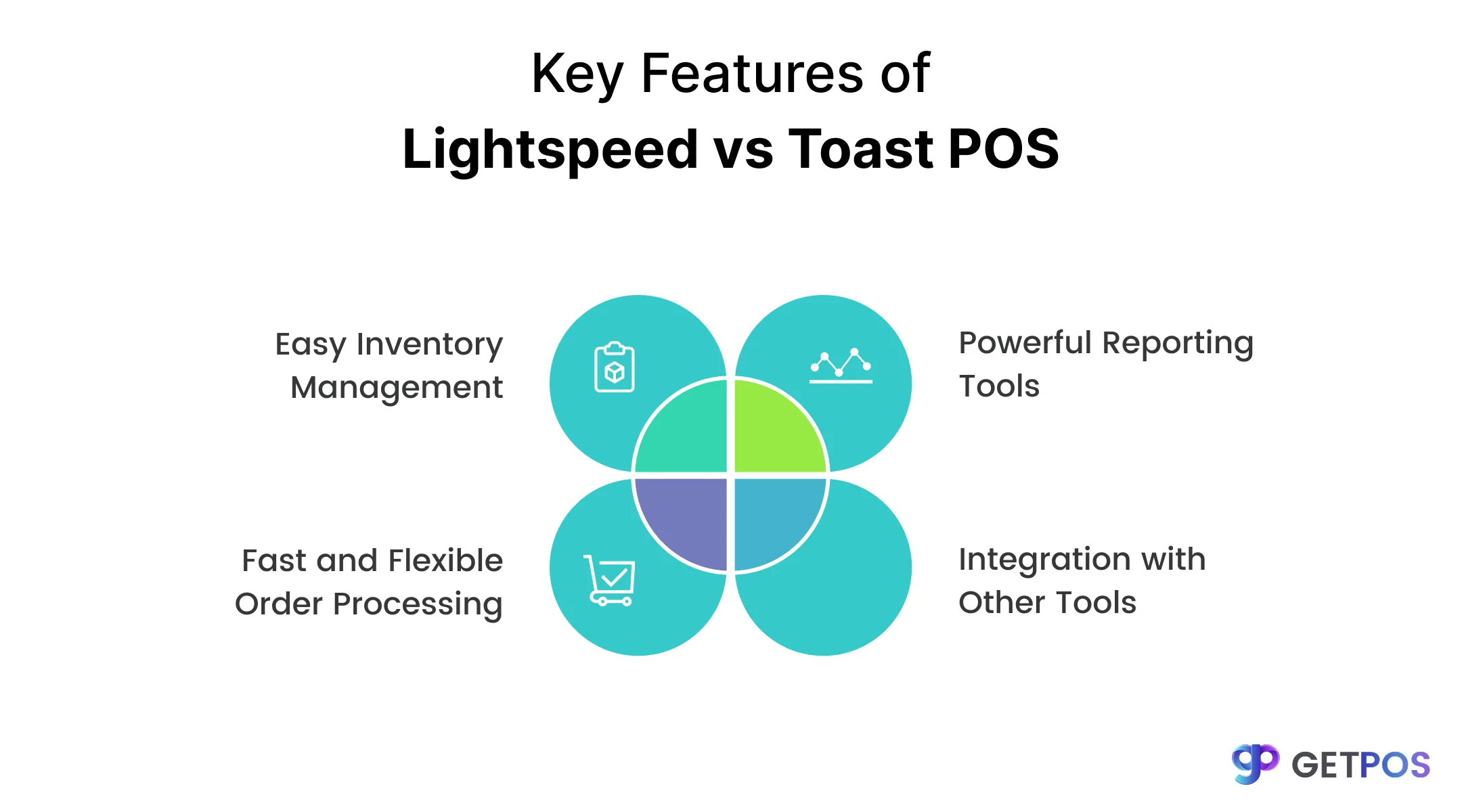
When you compare Lightspeed vs Toast for features and how they work, both help businesses in different ways, but are efficient POS solutions.
Inventory and reporting: Since managing proper inventory and maintaining reporting are important for any shop or restaurant, Lightspeed POS is strong at tracking what you have in stock, making reports, and showing what sells best. Toast POS features also tracks inventory but is built more for food and drinks, so it helps restaurants manage ingredients and menu changes easily.
Efficient order management: Businesses need to ensure smooth and efficient order management, table management, and payment processing. Toast POS is a great option for restaurants. It lets you take orders from tables, manage seating, and process payments quickly. Lightspeed POS is good for retail, helping you sell products and handle payments fast, but it is less focused on tables and dining.
Integration with supporting systems: Both POS solutions comparison systems work with other tools and apps, so these integrations and third-party support mean you can connect them to accounting, online ordering, or marketing apps. Toast POS features include strong support for handheld devices, letting servers take orders anywhere in the restaurant. Lightspeed also works on mobile devices, but it is best for use at a checkout counter in shops. Both systems make daily work easier for different types of businesses.
Learn How POS Systems Help Retailers Manage Inventory.
Pricing and Value for Money Comparison
When it comes to the pricing and cost structure of Lightspeed POS vs Toast POS, both charge a monthly fee, but what you get can be different. The base price for each usually covers basic sales and payment features. With Toast POS, extra costs can be online ordering, delivery, and kitchen tools if you require them for your specific business.
Lightspeed POS may charge more for inventory management, reporting, or e-commerce features. But, if you are thinking which gives better value depends on your business, Toast POS is best for restaurants needing food-specific tools, while Lightspeed POS is better for shops and hotels wanting strong inventory and sales tracking. Also know the Best POS Systems for Retailers in 2025.
Customer Support and Reliability Comparison
For choosing between Lightspeed vs Toas for your business, it’s important to look at customer support and how reliable each system is. Both offer help through phone, email, and online chat, but Toast POS is often praised for quick restaurant support. Lightspeed POS also provides support, but some users mention slower responses at times.
But, some of the common issues with Lightspeed POS include software updates and occasional glitches, however, most problems can be fixed with help from their support team. Both systems are stable during busy hours, so you can count on them to work when your business is at its busiest.
Check out this video on Maximizing Efficiency with POS (Offline & Online) for ERPNext.
Security, Integration, Compliance, and Scalability Comparison
Both Lightspeed POS and Toast POS take data security and payment compliance seriously. They use PCI-DSS Level 1 standards to protect customer and business data, which is the highest level of payment security. Lightspeed also follows SOC 2 compliance and uses secure third-party providers for transactions. Toast is known for strong security and is trusted by thousands of restaurants.
For integration and scalability, both systems connect with popular business tools like accounting and marketing apps. Lightspeed is strong for multi-location retail, while Toast is built to scale for restaurants of all sizes, making both good choices for growing businesses.
Check the Benefits of POS Software for your Retail Business.
Who Should Choose Which POS Solution?
Lightspeed POS is best for retail stores, specialty shops, and hospitality businesses that need strong inventory management and detailed reporting. If you run a shop that sells products like clothes, jewelry, or sports gear, or if you manage a hotel or golf course, Lightspeed POS helps you track stock, manage sales, and handle customer data across multiple locations. It is also good for businesses that want to sell both in-store and online.
Toast POS is made for restaurants and food service businesses, so if you own a café, bar, food truck, or any place that serves food, Toast POS helps you take orders, manage tables, process payments, and track kitchen workflow quickly. It is a great choice for places that need fast service, online ordering, and easy staff management.
When choosing between Lightspeed vs Toast: Pros and Cons, pick Lightspeed POS for retail and hospitality, and Toast POS for restaurants and food service. Both work for growing businesses, but your choice depends on your business type and needs.
This is how you can Choose The Best POS Systems For Retail.
Final Note
You can choose between the two POS system comparison for businesses based on your needs, business size, and the features that you need to simplify your business operations and functions. Lightspeed POS is a strong choice for retail and hospitality, while Toast POS is best for restaurants and foodservice. Both offer good security, easy setup, and support for growing businesses. Take time to think about your daily tasks, budget, and future plans. This comparison should make your decision easier when looking at POS solutions comparison.
Frequently Asked Questions
Toast works offline and keeps orders safe, Lightspeed has limited offline use and mostly needs internet for all features to work properly.
Both are easy to set up. Toast gives free 1:1 onboarding for restaurants. Lightspeed is easy for retail, with clear guides and support.
Lightspeed lets you use your own hardware or buy new. Toast mostly works with its own devices, but some flexibility exists.


